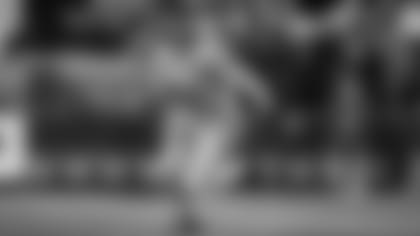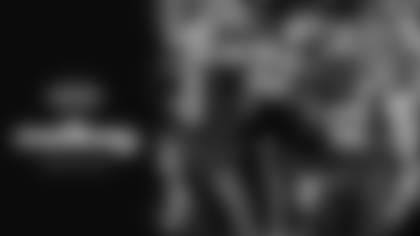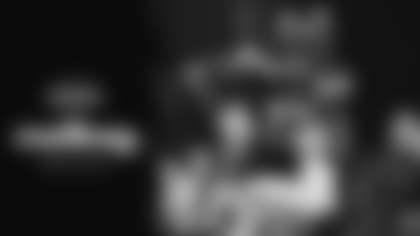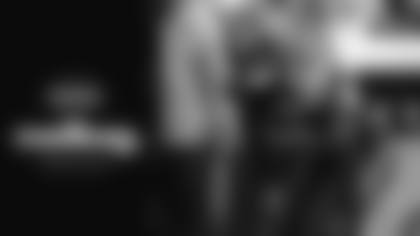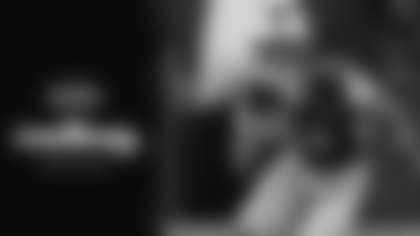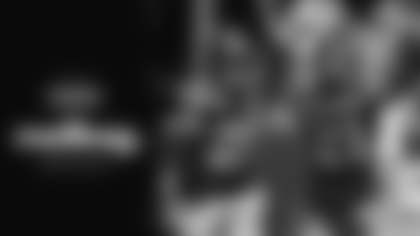The Seahawks head to Arizona in Week 4, looking to bounce back from a tough loss to the Saints. But before we turn our attention to that game, it's time once again to answer questions from you, the fans. As always, thanks to everyone who asked a question this week, and apologies if I couldn't get to yours this time around. And remember, you can now submit questions any time you'd like at Seahawks.com/SeahawksMailbag.
@Xaikar asks, "Can we start pretending every quarter is the fourth quarter?"
A: There was plenty of frustration in this week's questions about the way the Seahawks started the game against the Saints, and I get it, but it wasn't like the Seahawks fell behind early because of some super conservative game plan. The Seahawks threw on the first play of the game, but had a penalty for a block in the back that all but derailed that drive before it started, then the Saints returned the ensuing punt for a touchdown. New Orleans' next score came on defense when the Saints returned a Chris Carson fumble for a touchdown.
That being said, the Seahawks have traditionally been a better team late in games than early, but the way Carroll sees it, that definitely beats the alternative. And it's not like the Seahawks don't want to start games fast; it's just that they know that not doing so doesn't necessarily mean the game is lost.
"We'd like to start fast, but I'm not going to fret over when we don't," Carroll said. "We just need to get going and get playing. If you think about it, the very first play of the game we had a penalty. It was first and 20, and then we lost a couple. Then we completed another one and lost a couple more, and then we punted it and they ran it back for a touchdown. That's our start to the game, that's about as bad a start as you can have, other than just giving up a touchdown right off the bat. So we were overcoming from the beginning."
@CoreyThomas asks, "Is Rashaad Penny going to get more carries going forward due to Chris Carson's fumbling issues?"
A: This is an interesting one, and the best answer I can give at this point is, we'll see. First, Penny has to get back from his hamstring injury, but when he does, will his workload increase at Carson's expense?
For now, Carroll says the Seahawks are addressing Carson's fumbles—he's lost one in each game—in "every way possible," but Carroll also stated pretty strongly that they still have faith in Carson. Does that mean the workload won't change at all? Not necessarily. Could Penny get a bit more work when he's healthy? Possibly, though the split in workload wasn't all that unbalanced the last time both played, with Penny getting 10 carries to Carson's 15 in Pittsburgh. But I don't get the impression that Carson is suddenly going to find himself in Carroll's doghouse while Penny gets all the carries.
"We do believe in him, we're going to continue to show him that," Carroll said Monday. "He's a terrific football player and we want to make sure to maintain that level of play from him. We'll work at it. We'll work with him on it. There's a lot of technical stuff that's really important. Right down to the last instant of that play that he fumbled on, there's another thing that he can do to ensure taking care of the ball a little bit longer. He thought he was secure and thought he'd taken care of it and then bam, all the sudden the ball comes out. That's part of life. That's real in the league and all that and he's going to have to be really on it because guys are going to continue to come after him just like anybody would."
Marti Tennant from Roy asks, "At previous games, we keep hearing '74 is eligible, 74 is eligible.' Everyone around me looked at each other and shrugged. What does that mean?"
A: There's a couple things in play here, but mostly it is about avoiding potential illegal formation and/or illegal man down-field penalties. Plus it keeps alive the awesome possibility of an offensive tackle catching a pass.
By NFL rules, players wearing O-line numbers (50-79) are ineligible receivers, and therefore cannot catch a pass. That also means they can't be downfield on a passing play without getting flagged for an ineligible man down field. By reporting eligible, however, George Fant, AKA, "No. 74 is eligible," is free to run routes and even catch the occasional pass.
Fant being eligible, essentially making him a tight end, also changes some things the Seahawks can do formationally since there are rules about the number of eligible receivers on the line of scrimmage, teams having to have eligible receivers on both ends of the line of scrimmage, etc.
So long story short, it's a way to get an extra offensive lineman on the field without creating illegal formation issues, while also keeping alive the outside shot of seeing a 300-plus pounder with the ball in his hands.
@HollNicky asks, "How is Phil Haynes' recovery coming along?"
A: Because Haynes, a fourth-round pick in this year's draft, is currently on the physically unable to perform list, Carroll hasn't been asked about the rookie guard anytime recently, so I don't have any specific updates for you.
That being said, Carroll did say on Aug. 21 that "it was a race to the opener if he can make it or not," which would imply that he wasn't super far from being ready for the start of the season. Based off of that, if there have not been any setbacks, it's entirely possible that Haynes will be ready to come back when eligible to do so after six weeks of the regular season. As Carroll said in August, the Seahawks have "really high hopes for" Haynes, who had sports hernia surgery in the offseason, so while it's unlikely a rookie would come off of PUP and step into a starting role, he could provide some valuable interior line depth for the second half of the season.
Nick Stumbo from Gresham, Oregon asks, "Has a team ever gone further into a season without a made field goal?"
A: This is an oddity I hadn't even noticed until Nick pointed it out, but indeed the Seahawks have no made field goals, and just one attempt, through three games. It's hard to fault Jason Myers, whose only miss was from 58 yards, and he's a perfect 10 for 10 on extra points. So this isn't an issue with the kicker, but rather an indication of how good the Seahawks have been in the red zone this year. In fact, the Seahawks currently lead the NFL in red zone scoring percentage, turning 88.9 percent (8 of 9) of their trips to the red zone into touchdowns.
Terry Demara from Lauderdale-By-The-Sea, Florida asks, "What was the call against Al Woods on the third-quarter field goal attempt?"
A: We touched offensive illegal formation earlier, and what Woods was flagged for Sunday was a version of it on the other side of the ball. To protect long snappers, who begin the play in a pretty vulnerable position with their heads down, the league has long made it against the rules to hit them after the snap. To further protect them, another rule was added recently that says defensive linemen have to be lined up outside of the snapper's shoulder pads. While not lined up directly in front of New Orleans' long snapper, there was unfortunately some overlap in Wood's alignment, leading to a penalty that prolonged an eventual touchdown drive.
"It was couple inches," Carroll said. "It's a new rule, the official stepped in there to really double check it and make sure he saw it. As I saw him step up, I was kind of hoping he would step up and pat him on the hip and let him know, 'hey you're in the…' but he didn't. That was a really, really costly penalty. A really costly penalty unfortunately. It's just a matter of, 'here's your shoulder, if you're here it's a penalty, if you're here it's not.' The rule's fine, I don't care too much about the rule so much. We were wrong."
Ron Rhoades from Depoe Bay, Oregon asks, "Do you practice tackling at practice?"
A: Do I? Goodness no. I would probably badly injure myself doing that, plus I think it would be frowned upon if a member of the digital media department suddenly jumped into practice.
If you mean do the players? Then yes, they practice tackling quite often, even if they don't tackle at full speed in practice so as to reduce the risk of injury. If this is a question related to Sunday's loss, then yes, it's fair to criticize the missed tackles—Carroll was quick to point out that it was an issue—but over the years, the Seahawks have been a very good tackling team under Carroll.
@JaredVonTobel asks, "Are any of the slipping issues attributed to the new turf the team installed during the offseason?"
A: The Seahawks did indeed replace the FieldTurf surface they and the Sounders use at CenturyLink Field, but I don't think that was the issue. Any wet field is going to be somewhat slick, that's just basic physics, but other than Chris Carson, who changed cleats after a couple slips, the slipping didn't look any worse than any other wet game, at least not that I noticed. If anything, a new surface should be a little grippier than a matted down older surface.
And while some players were slipping at times Sunday, as Carroll noted, Saints running back Alvin Kamara didn't have any issues with it, and Russell Wilson was making Saints pass-rushers miss pretty regularly without falling down.
Go behind the scenes with team photographer Rod Mar as he shares moments from the Seattle Seahawks' Week 3 game against the New Orleans Saints. Eye on the Hawks is presented by Western Washington Toyota Dealers.
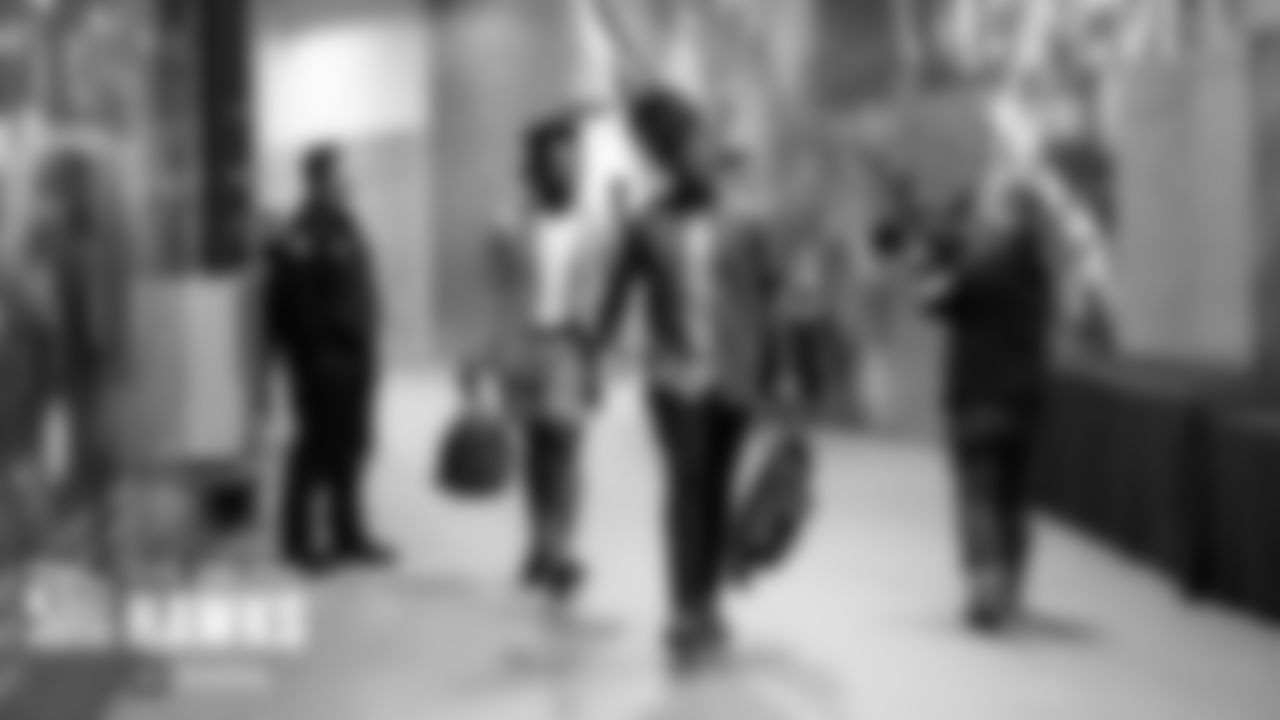
On Sunday morning, Shaquem and Shaquill Griffin arrived early at CenturyLink Field in anticipation for the Week 3 matchup with the visiting New Orleans Saints.
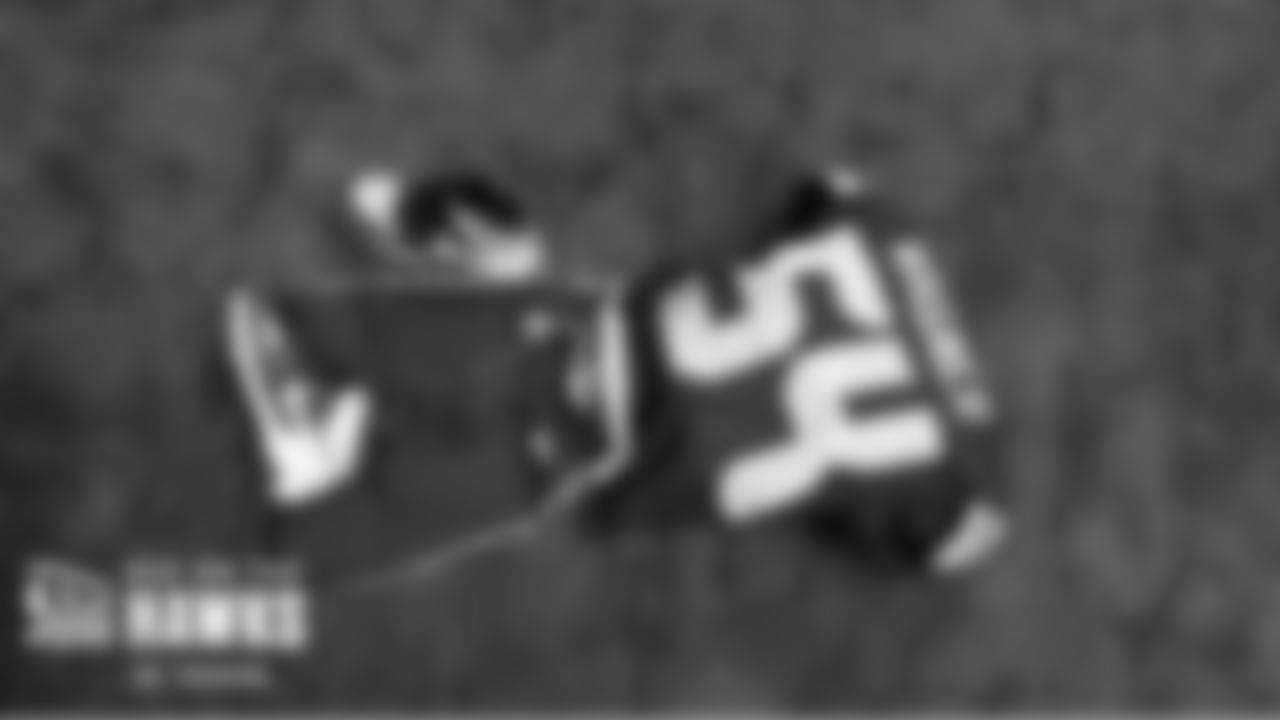
Bobby Wagner's uniform and Air Jordan cleats are laid out in front of his locker before the game.
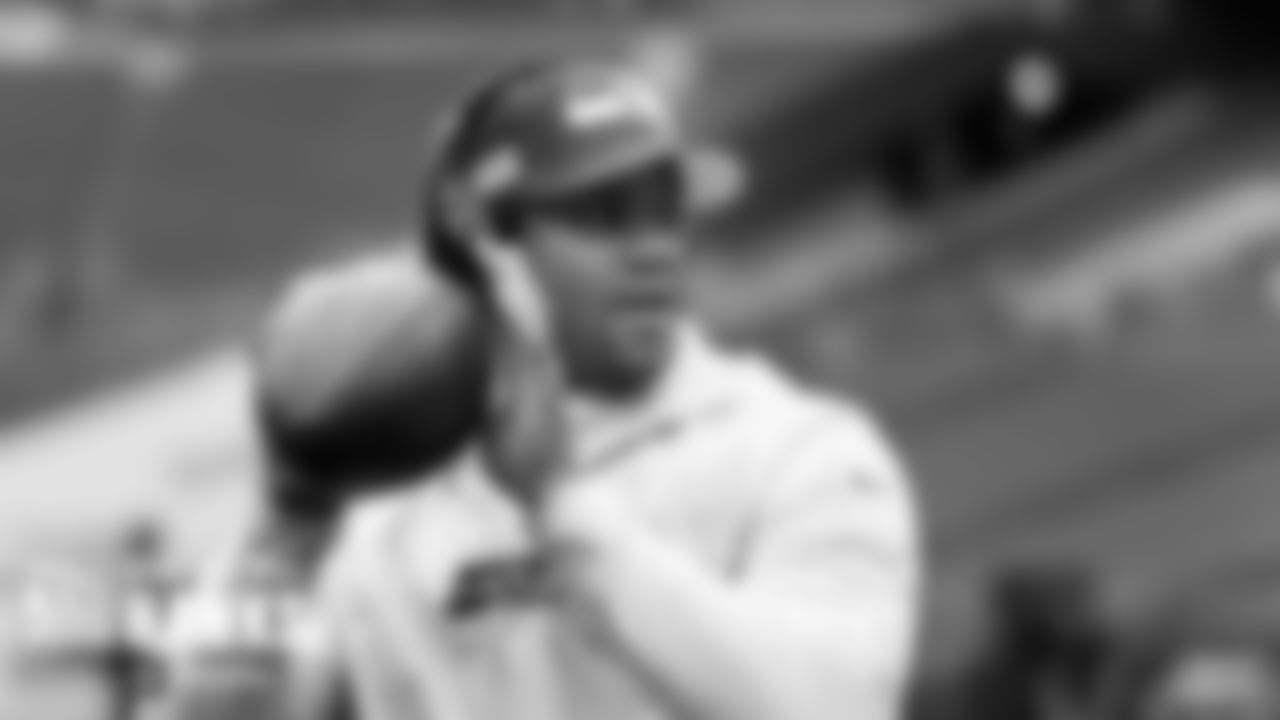
Seahawks quarterback Russell Wilson takes his early warmup throws wearing his Bose headphones.
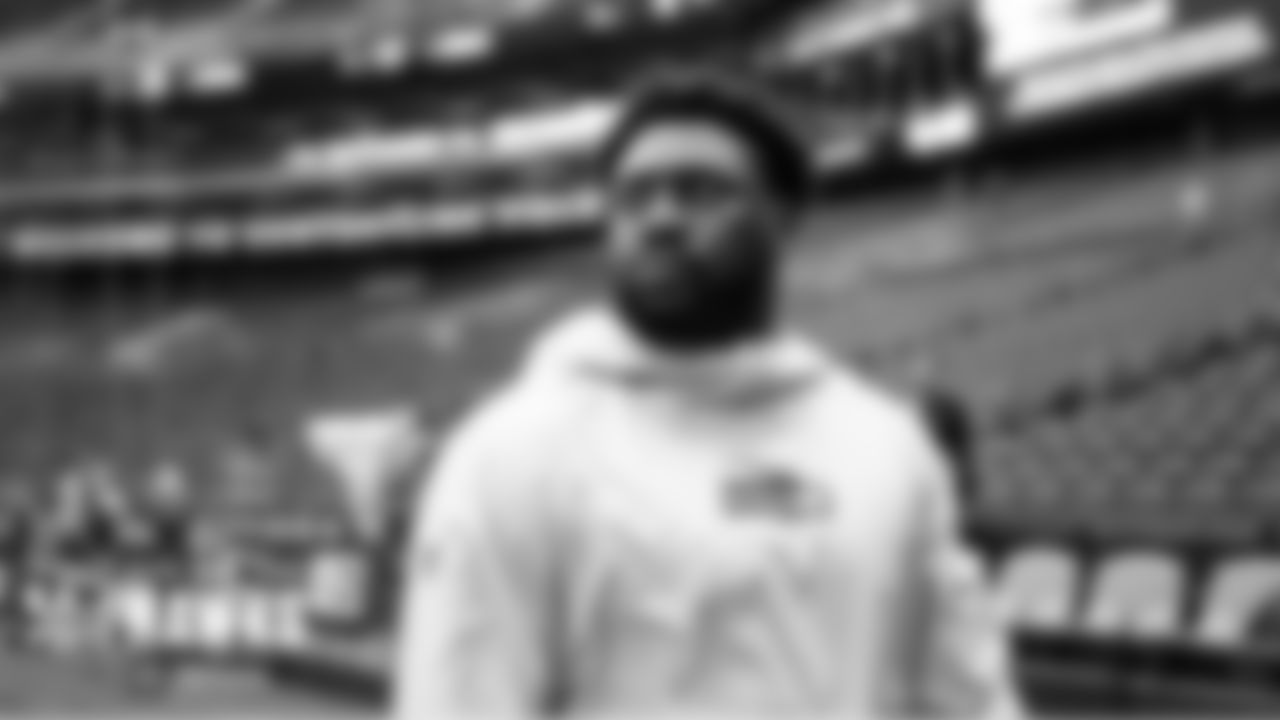
Defensive lineman LJ. Collier leaves the field after the early warmup period.
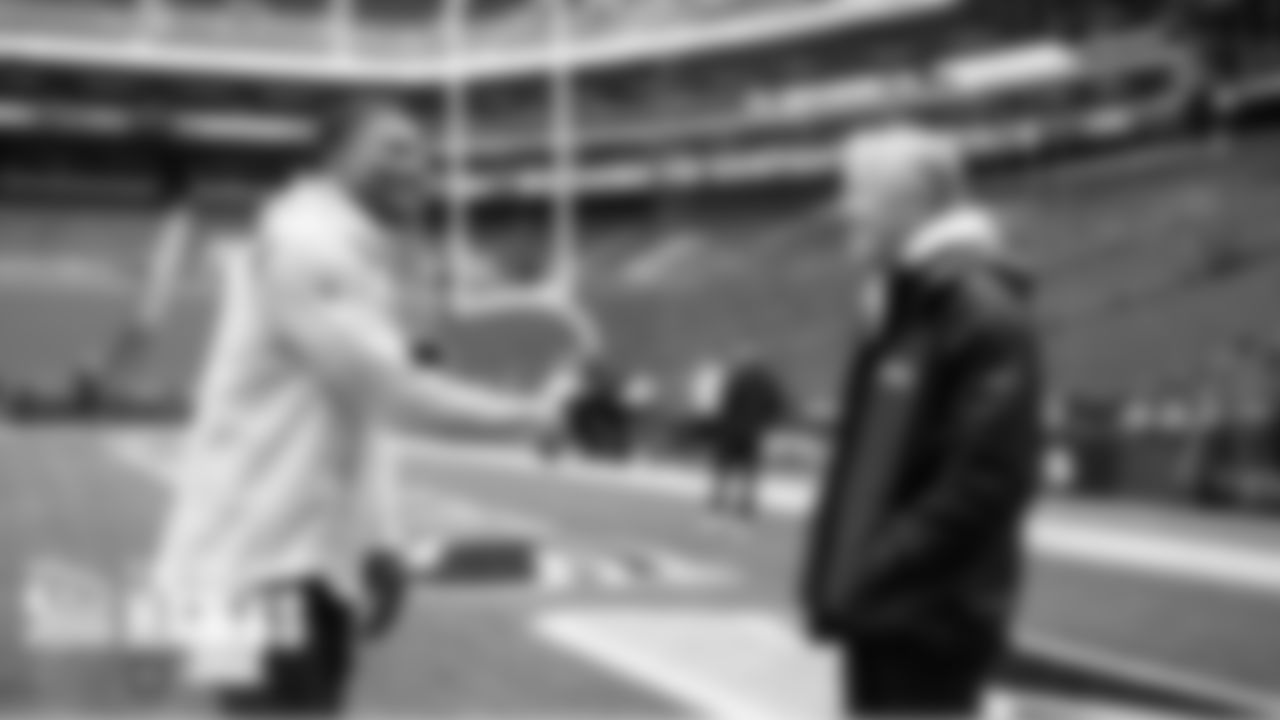
New Seahawk Adrian Colbert chats with head coach Pete Carroll on the field hours before kickoff.
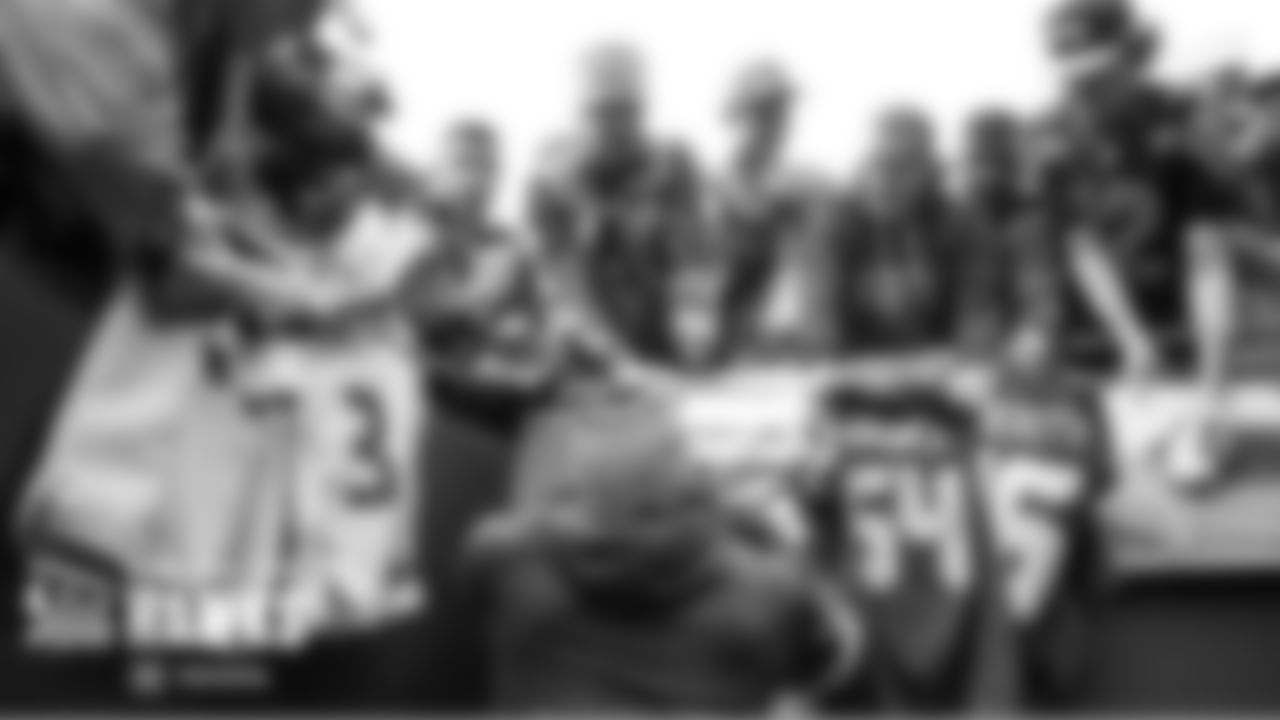
Seahawks linebacker Bobby Wagner signs autographs for eager 12s before the game.
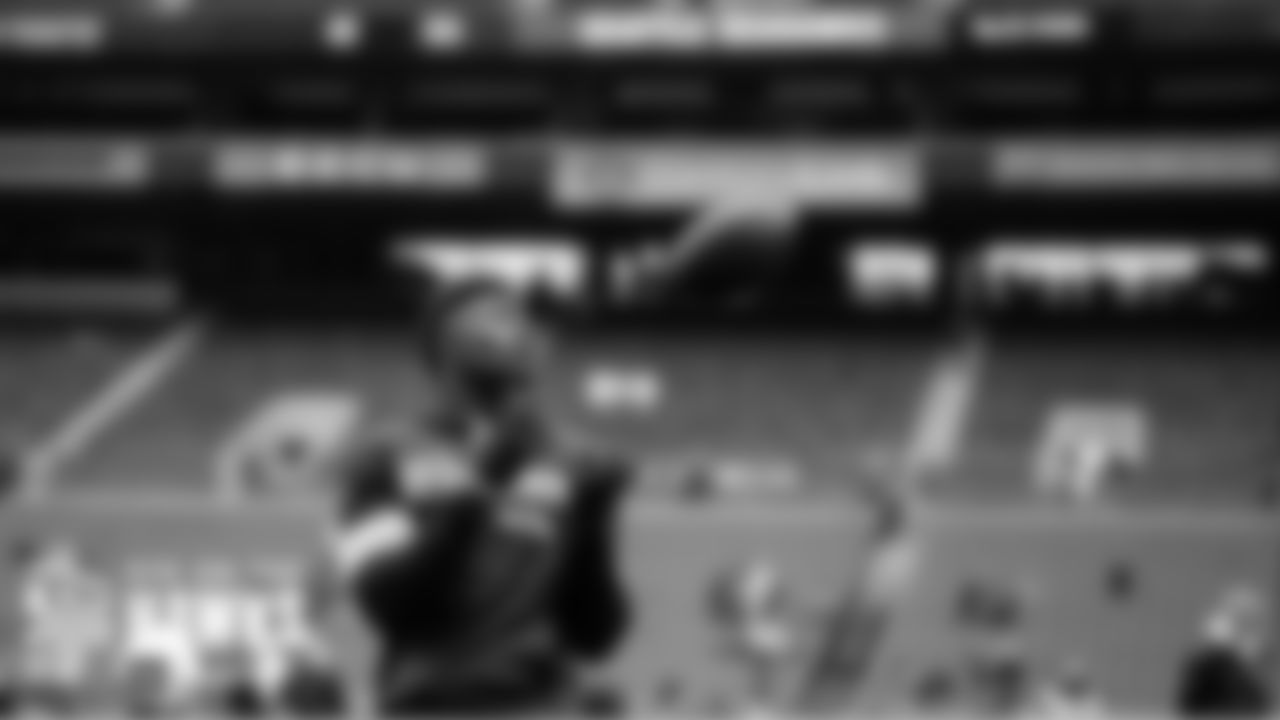
Seahawks receiver DK Metcalf makes a catch during early warmups.
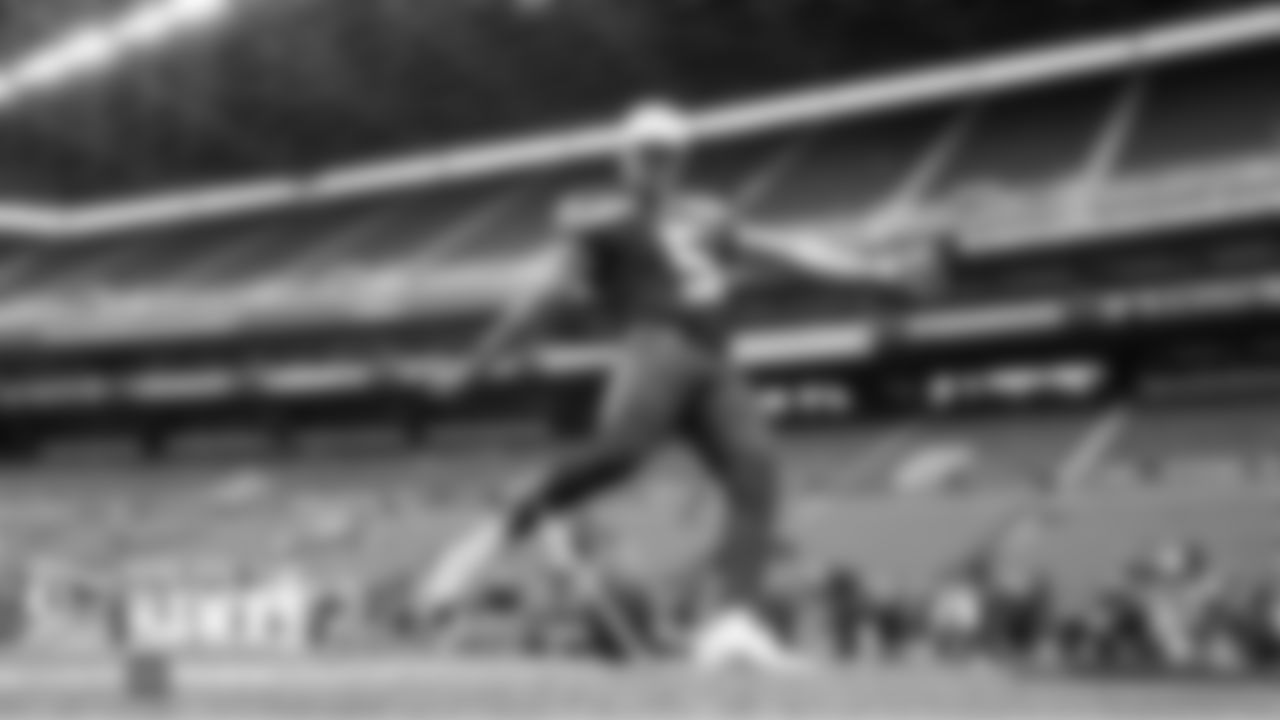
Seahawks kicker Jason Myers warms up in front of empty stands before the game.
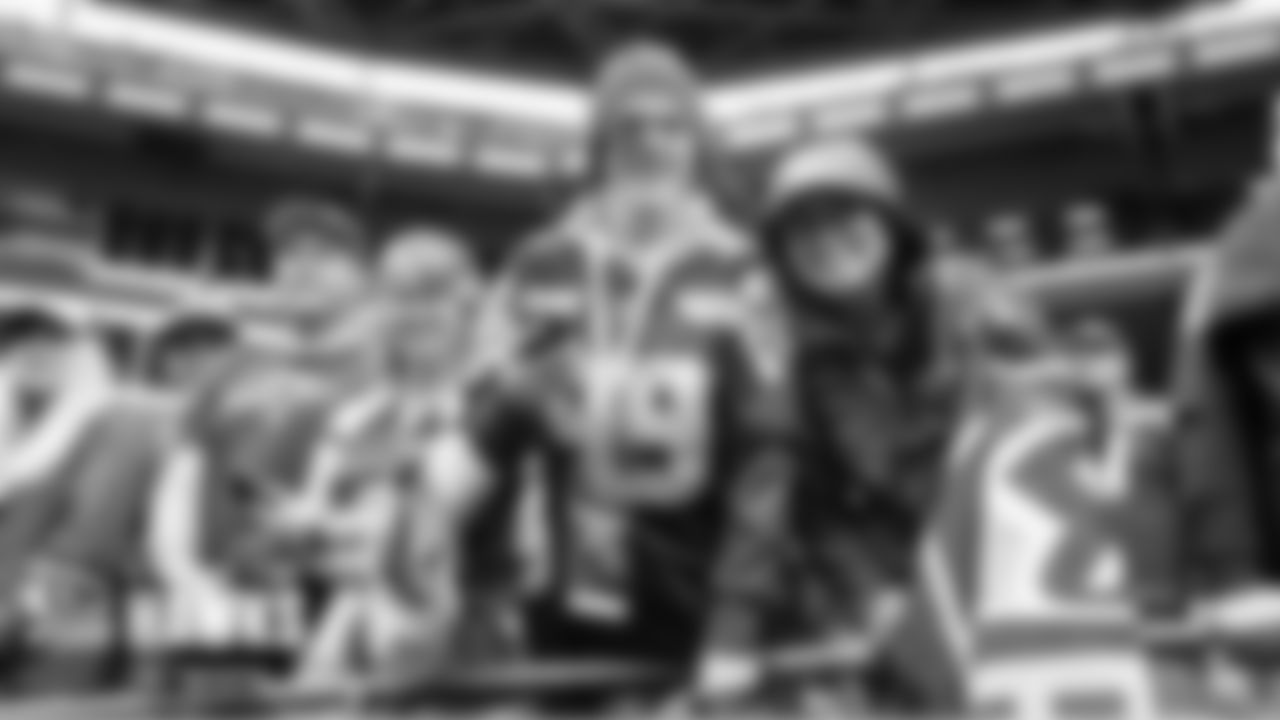
12s are excited for kickoff.
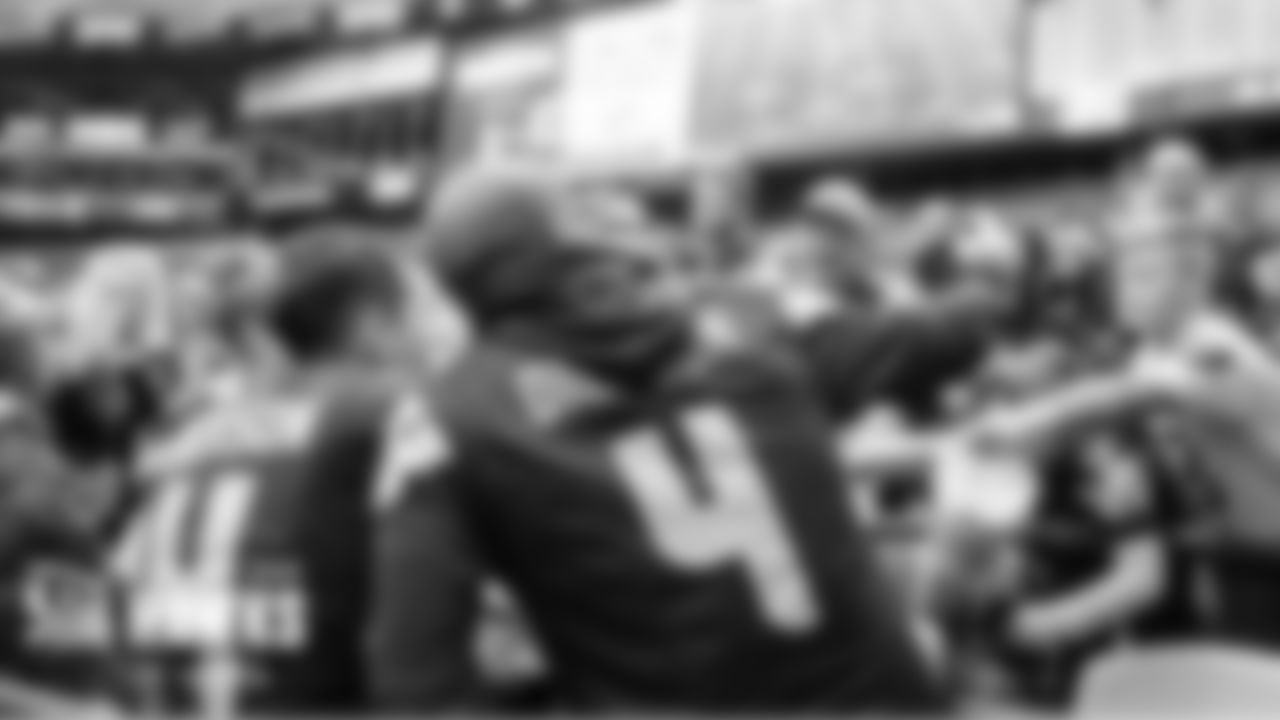
Seahawks punter Michael Dickson poses for a selfie with a fan sporting his jersey before the game.
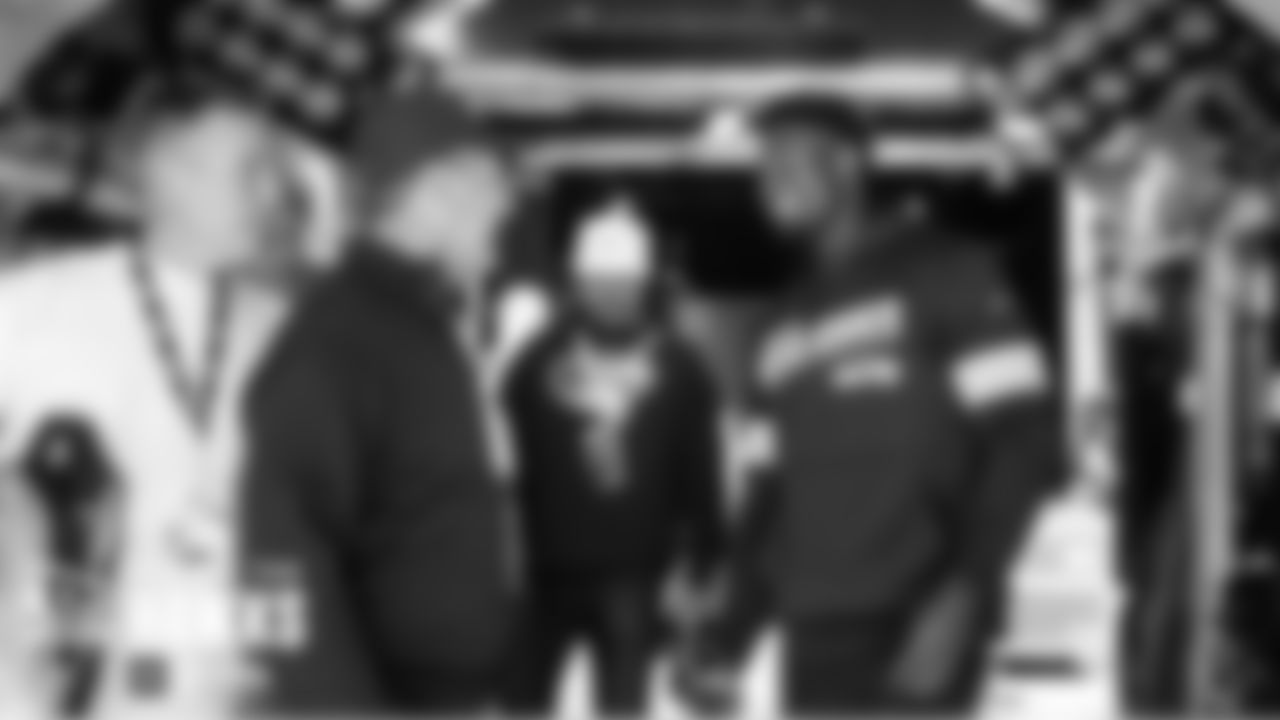
Seahawks legends Jim Zorn and Steve Largent greet rookie receiver DK Metcalf in the tunnel before the game.
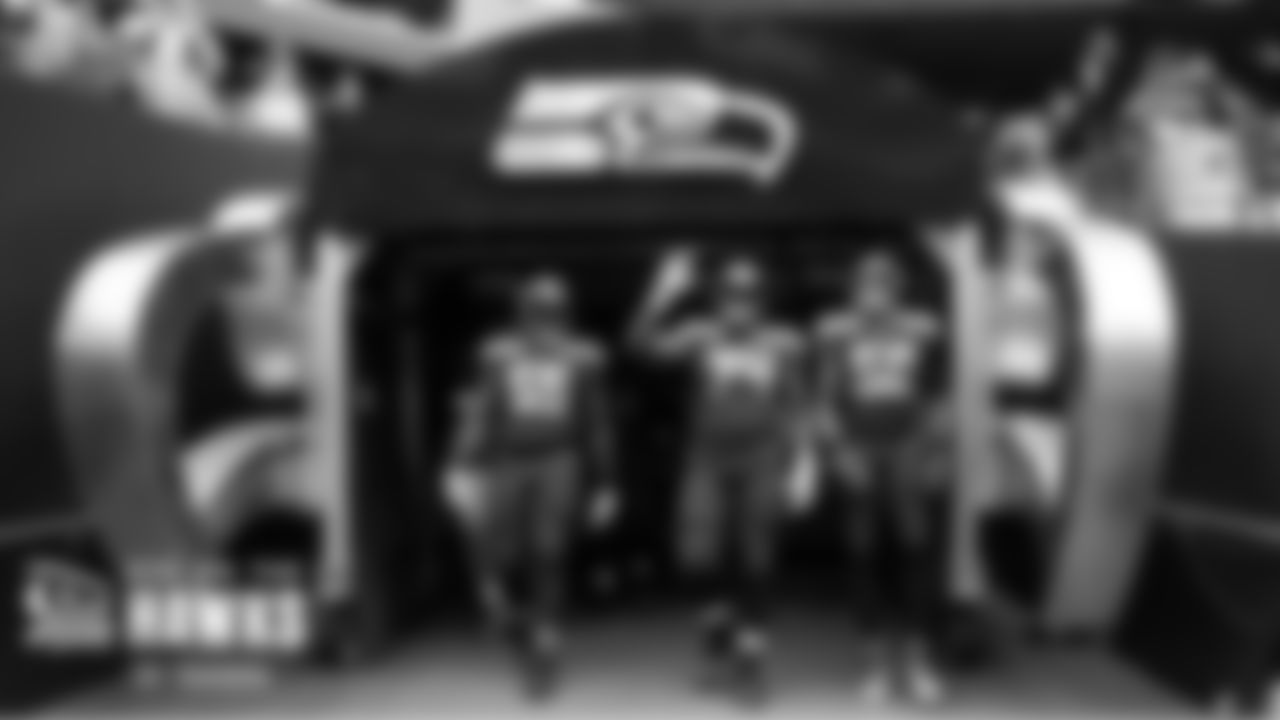
Seahawks Germain Ifedi, George Fant and K.J. Wright emerge from the tunnel for pregame warmups.
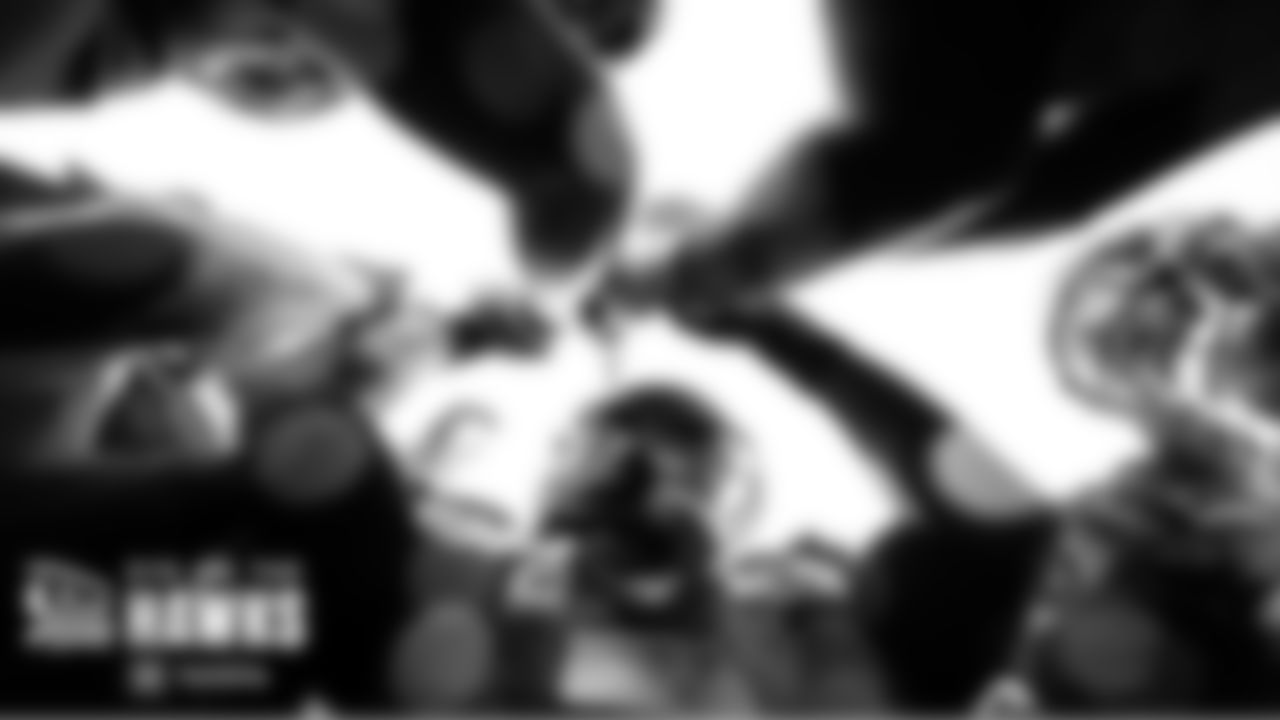
Seahawks quarterback Russell Wilson gathers the team around him at the start of pregame warmups.
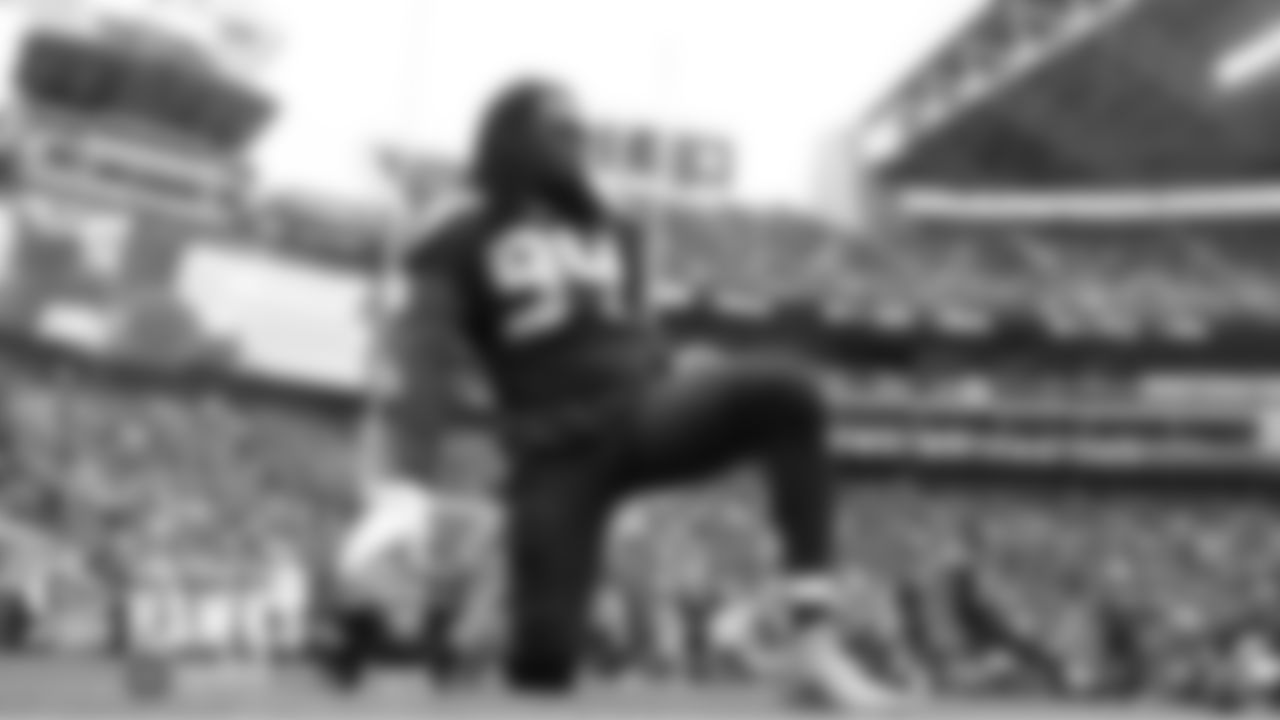
Seahawks defensive end Ziggy Ansah stretches before his first appearance of the season.
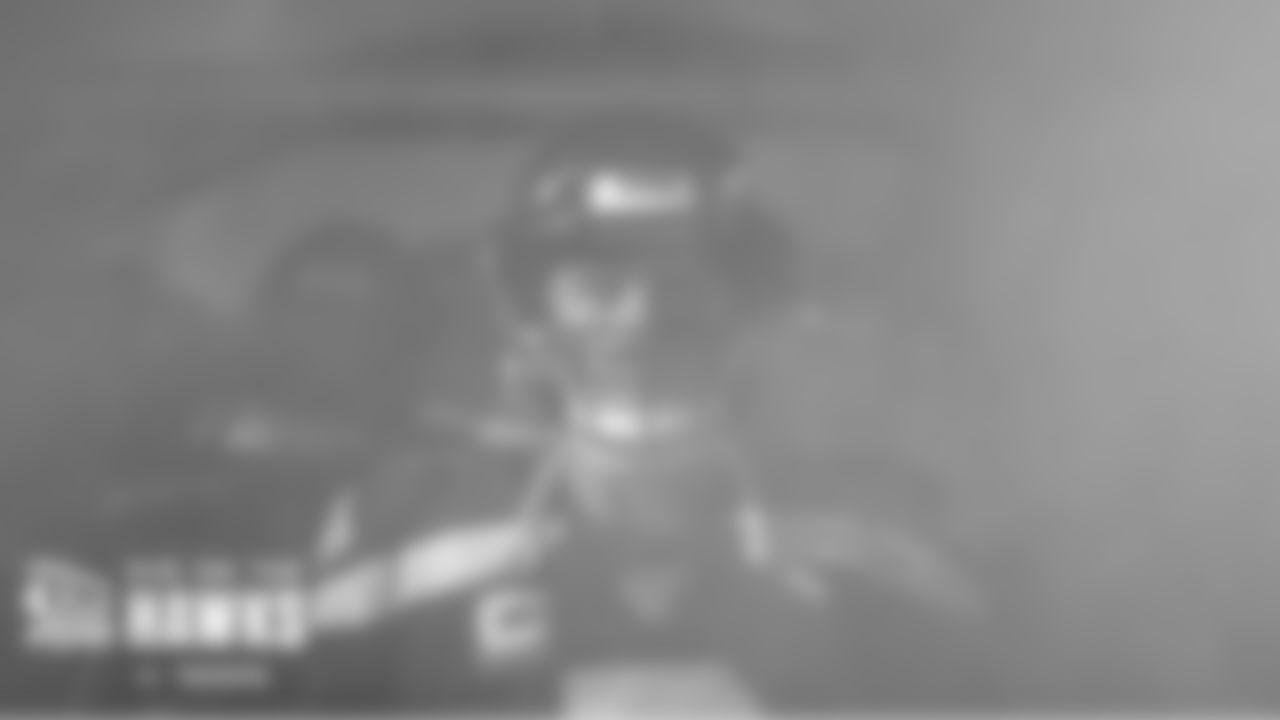
Seahawks quarterback Russell Wilson is shrouded by fog in the tunnel prior to pregame introductions.
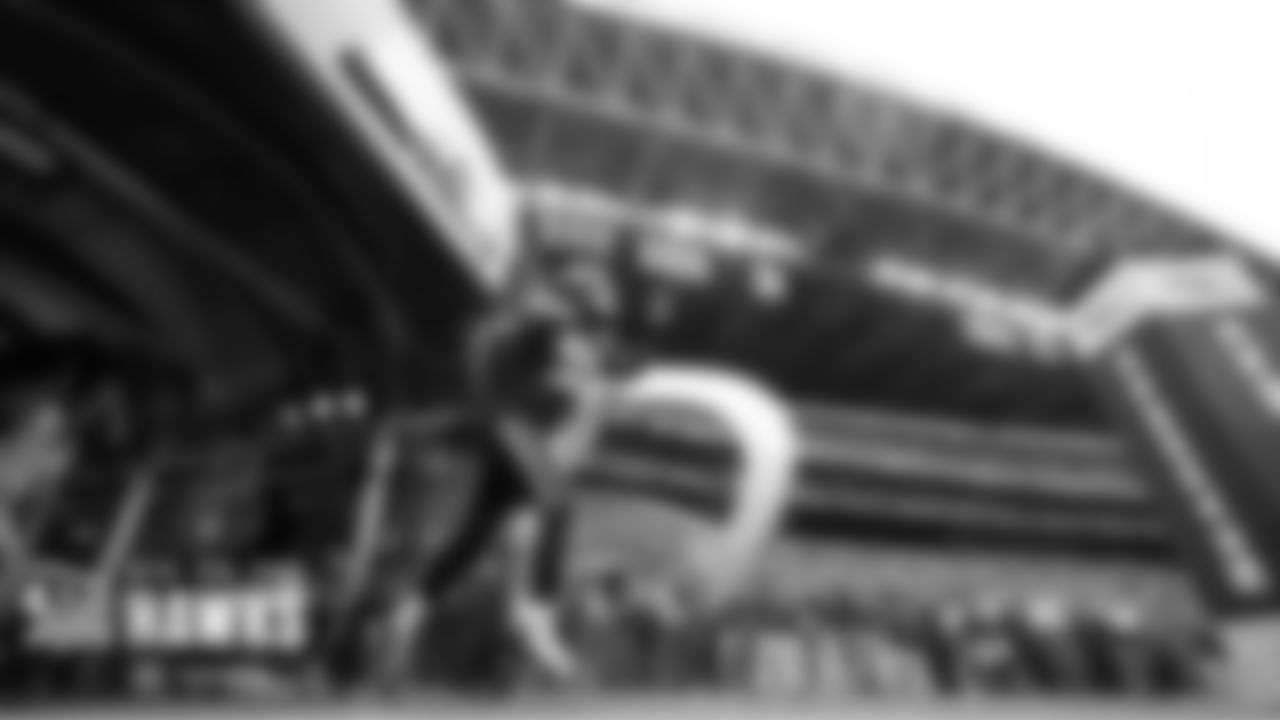
Seahawks defensive end Jadaveon Clowney emerges from the tunnel as his name is called during pregame introductions.
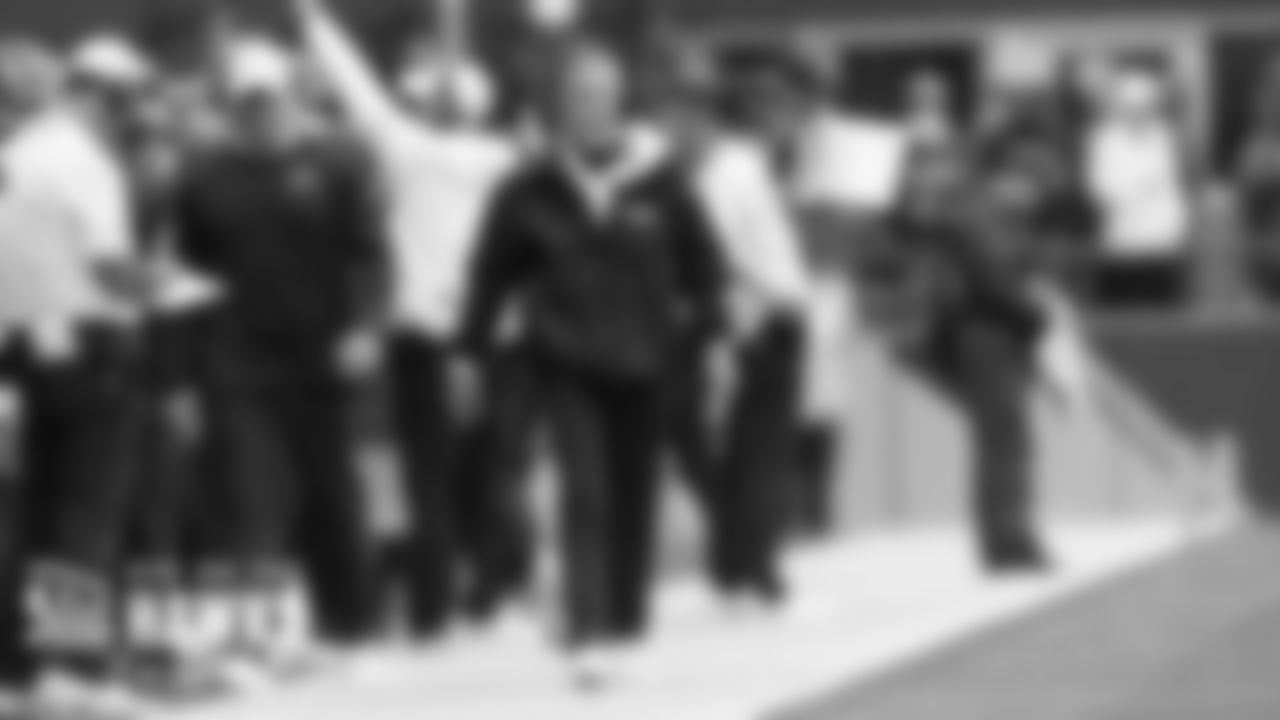
Seahawks head coach Pete Carroll walks the sidelines before kickoff.
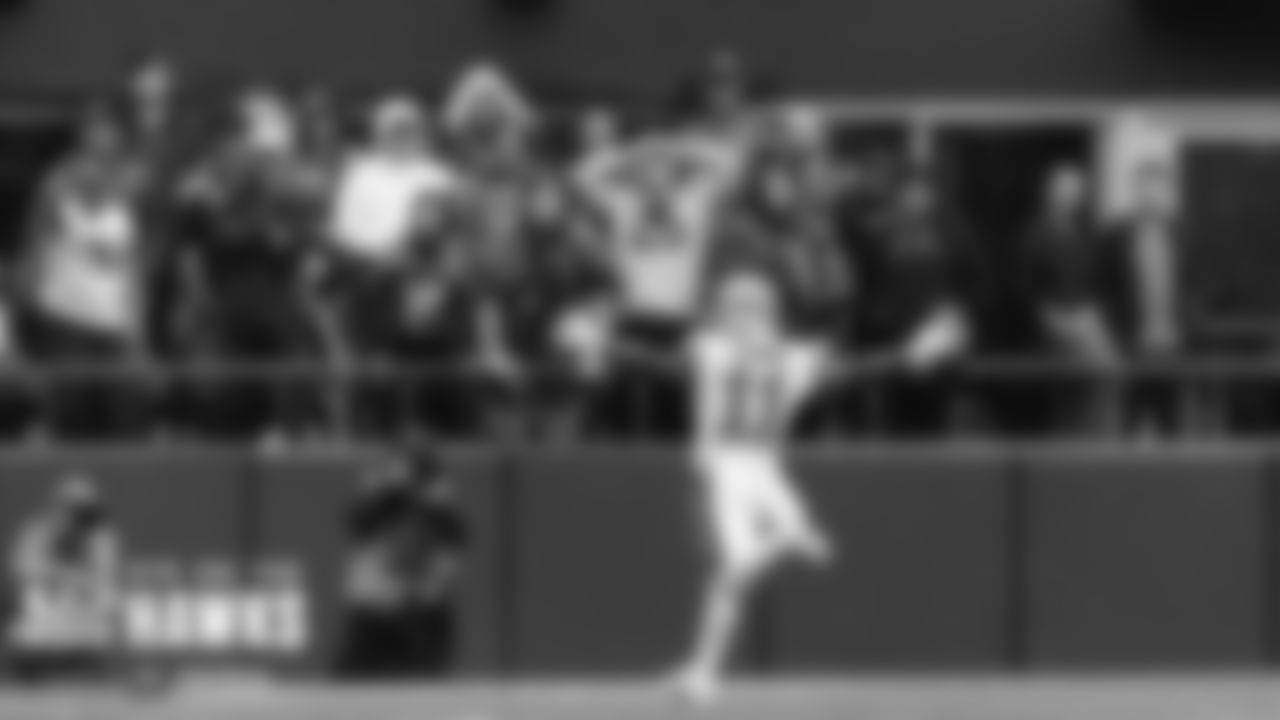
Seahawks fans in the north end zone are stunned as the Saints' Deonte Harris returns a punt for a touchdown to give New Orleans an early 7-0 lead.
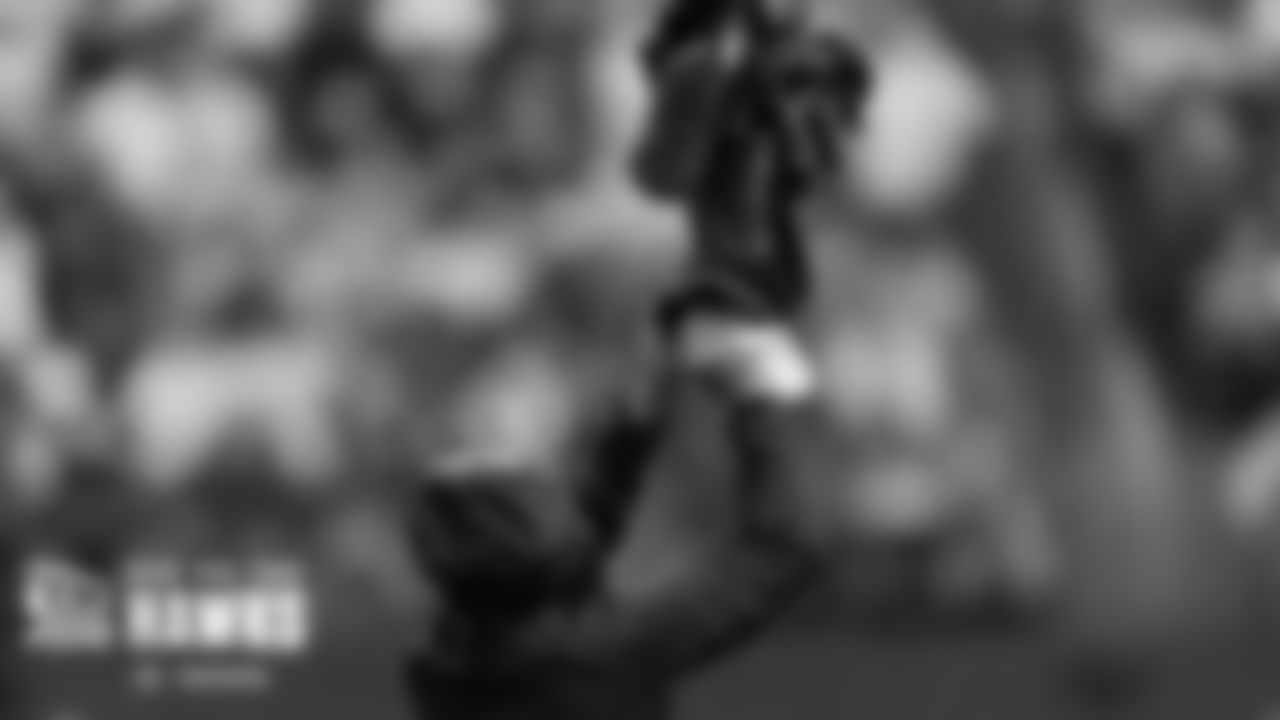
Rainy conditions all afternoon meant that the SkyCam required lens drying during each break in the action.
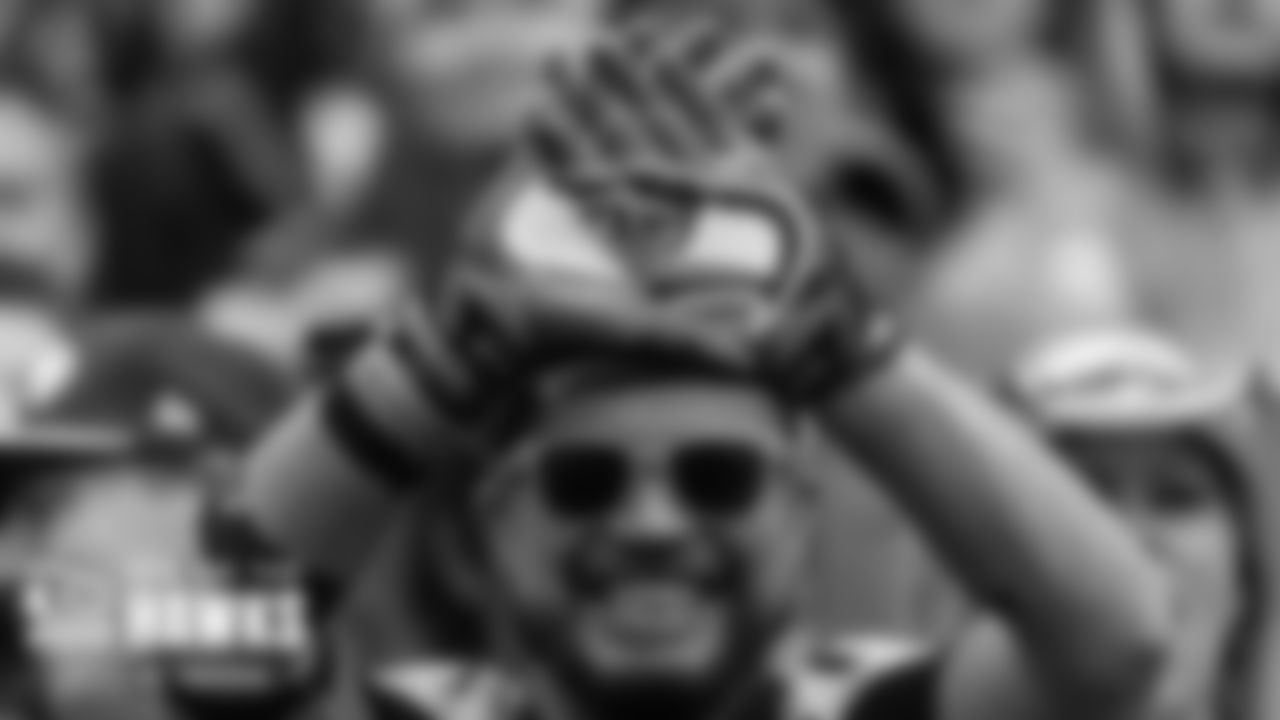
This 12 wore his sunglasses despite the rainy conditions.
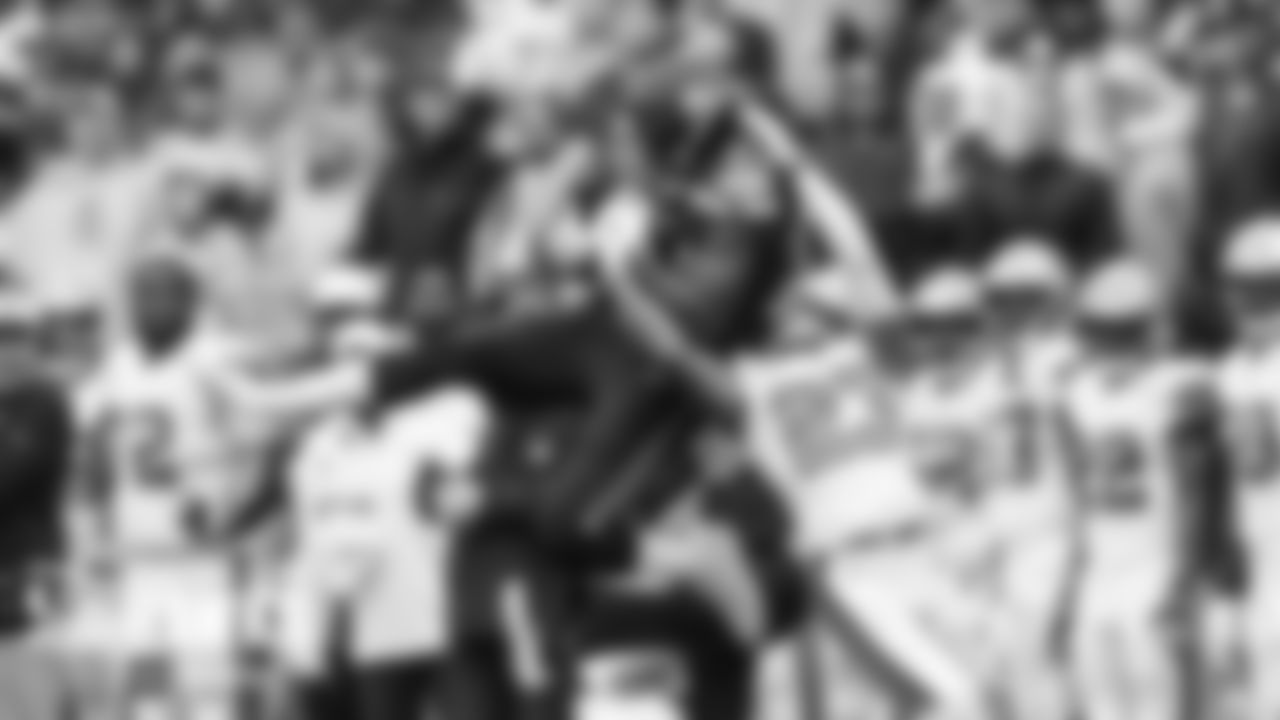
Seahawks receiver David Moore returned to action, making a leaping grab along the New Orleans sideline during the first quarter.
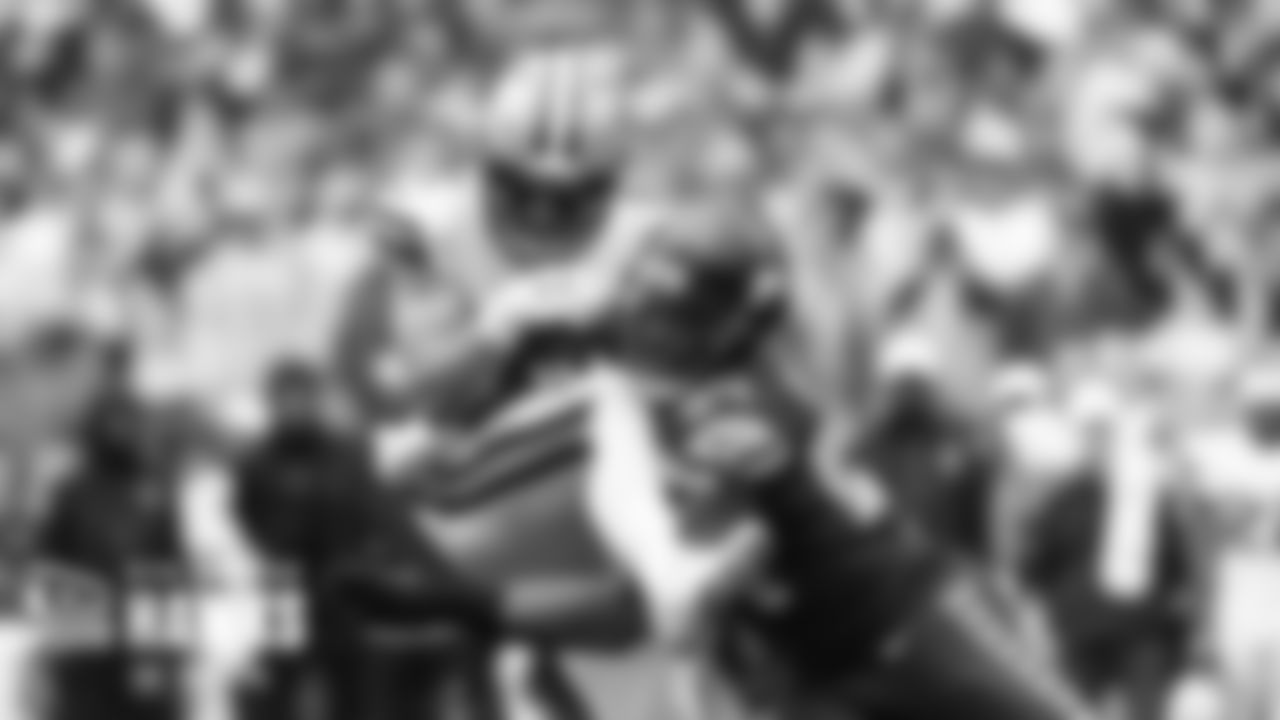
Seattle's Bobby Wagner makes a hard tackle on New Orleans receiver Austin Carr.
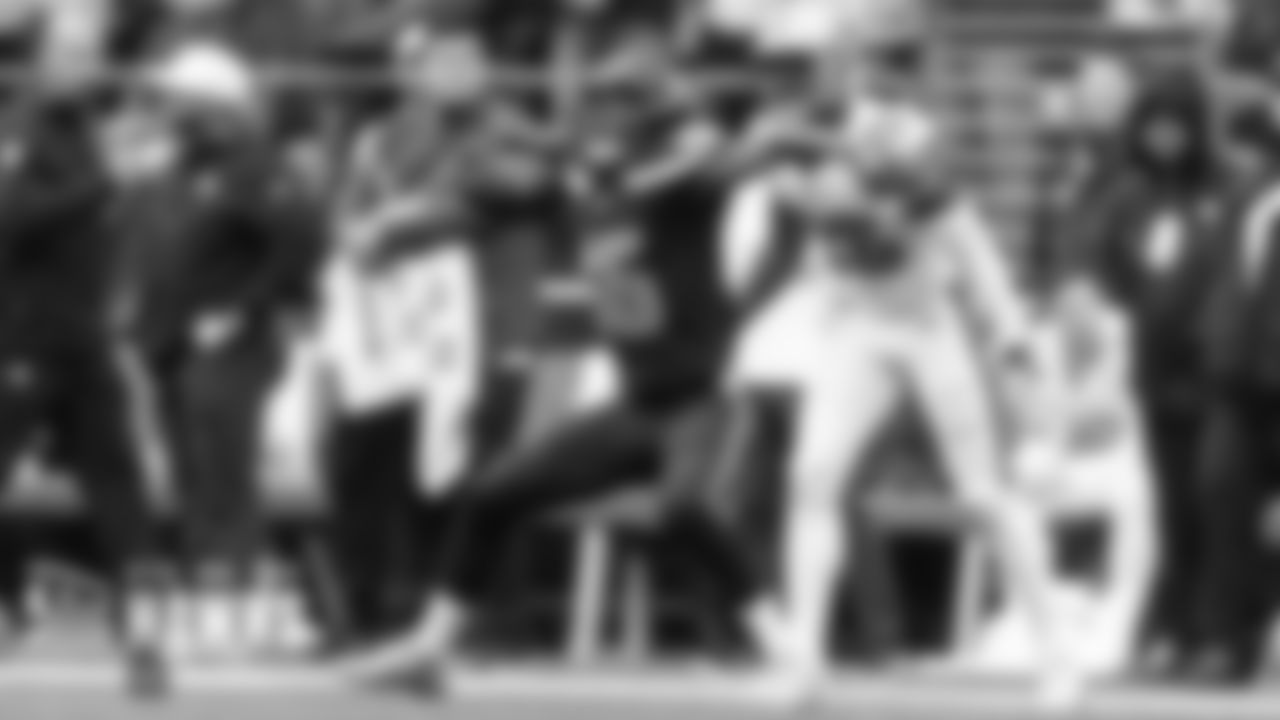
Seahawks receiver Tyler Lockett reacts after making a first down catch.
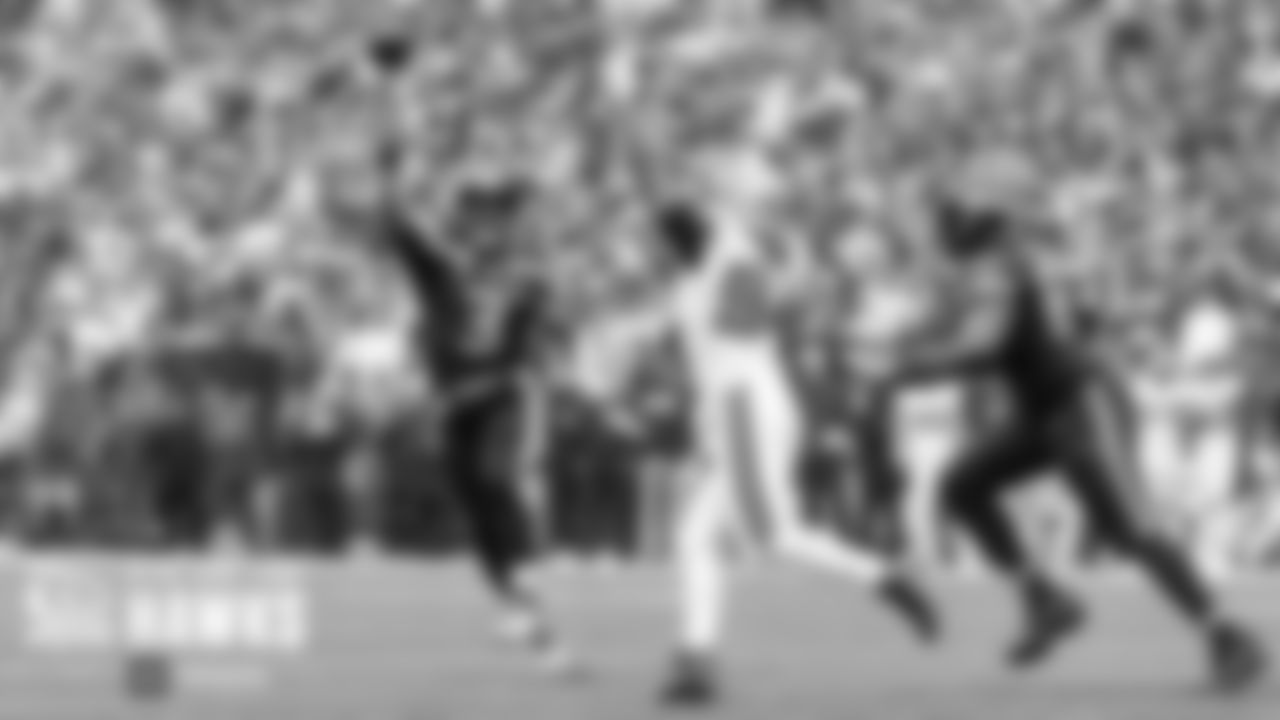
Seahawks quarterback Russell Wilson rolls to his right and fires a touchdown pass to Tyler Lockett in the end zone.
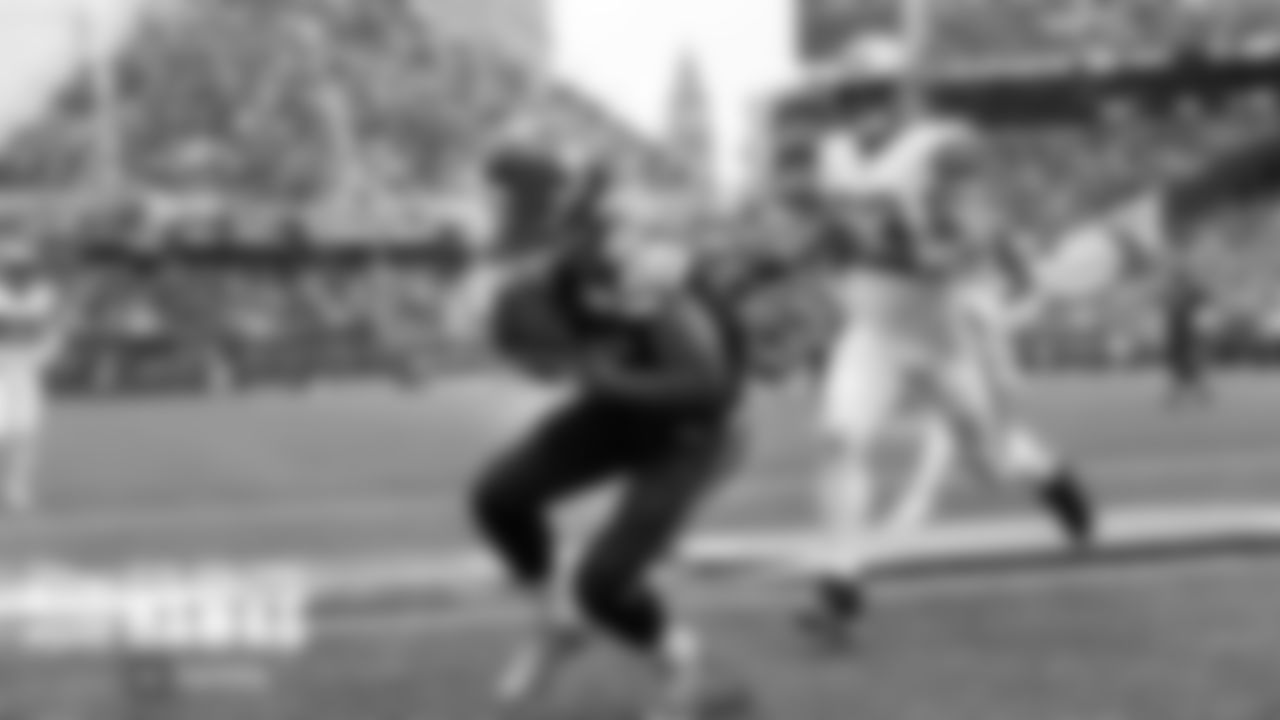
Seahawks receiver Tyler Lockett catches an 8-yard touchdown pass from Russell Wilson to tie the game at 7-7 in the first quarter.
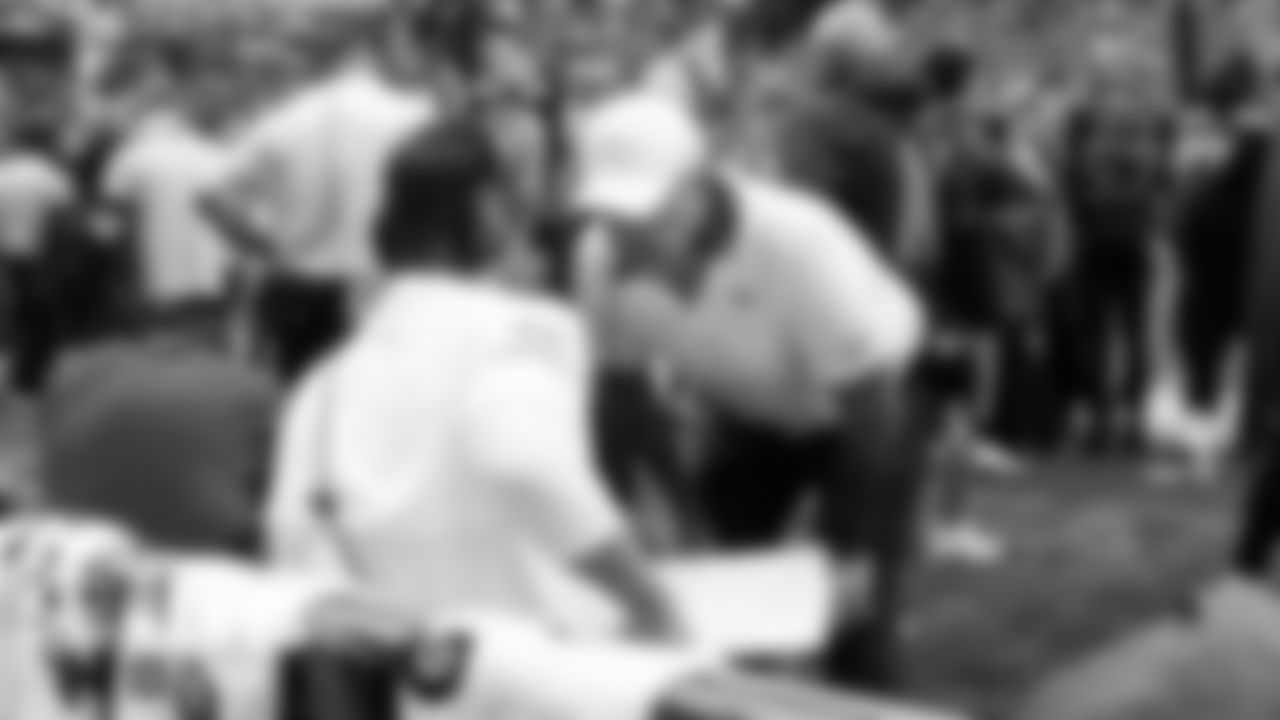
Seahawks offensive line coach Mike Solari and offensive coordinator Brian Schottenheimer confer on the sideline.
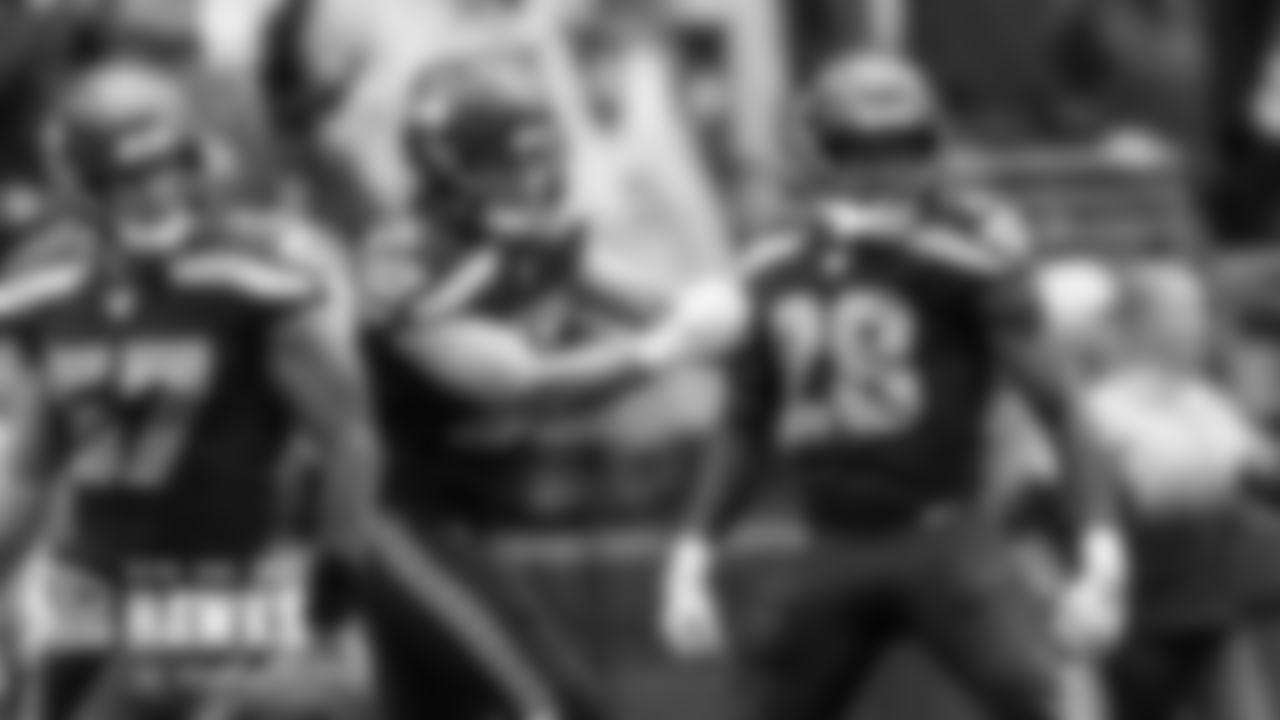
Seahawks special teamer Cody Barton, Ben Burr-Kirven and Ugo Amadi celebrate after a tackle by Amadi.
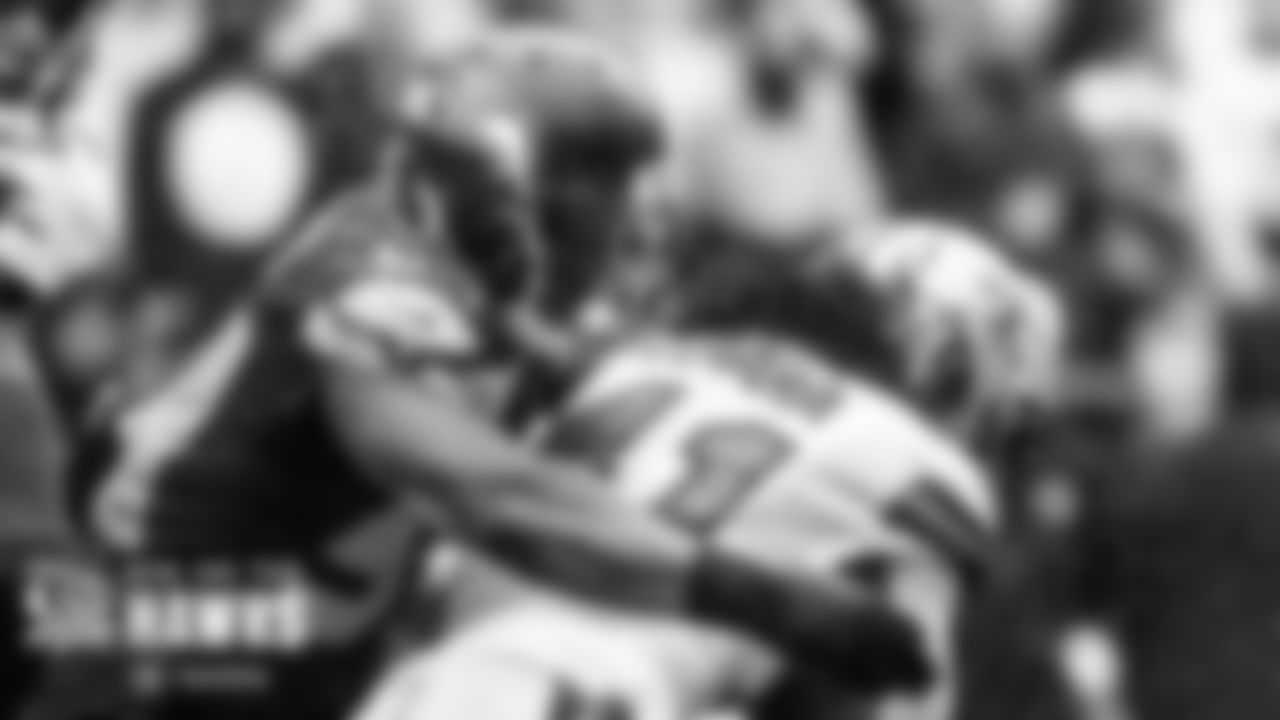
Seahawks linebacker Bobby Wagner tackles Saints running back Alvin Kamara as rain sprays from their helmets.
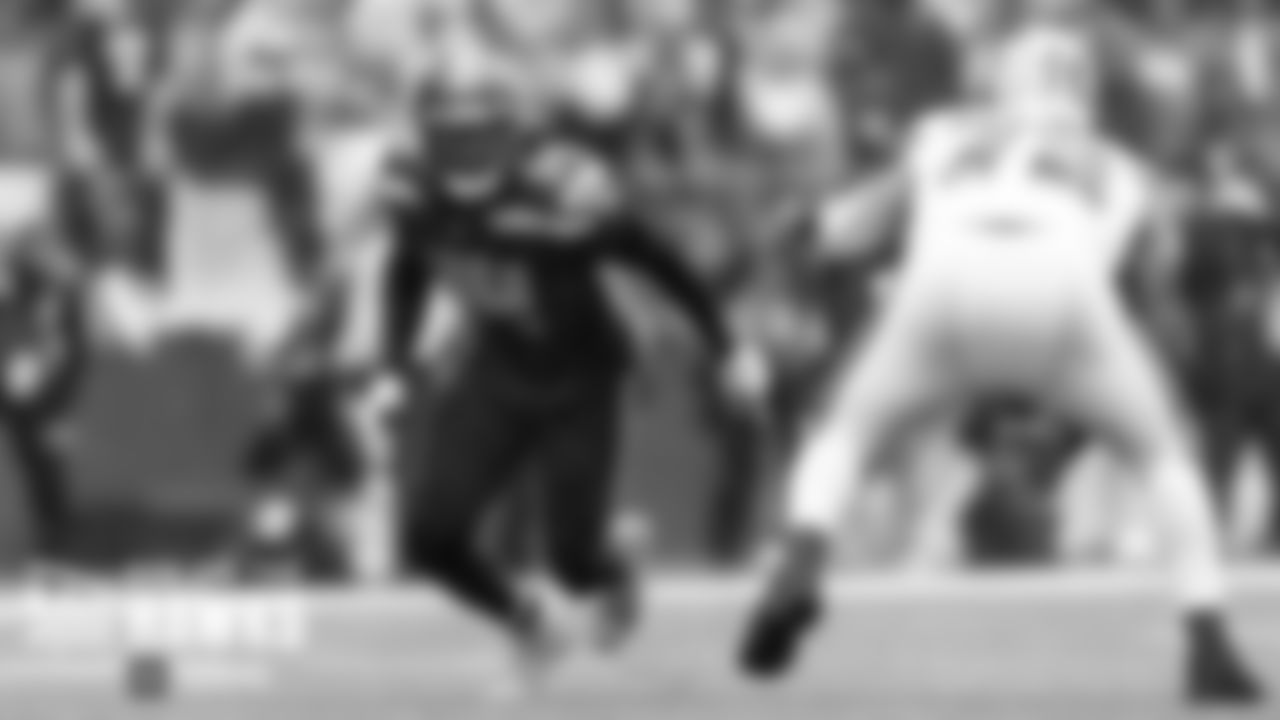
Seattle defensive end Ziggy Ansah comes off the edge during the second quarter.
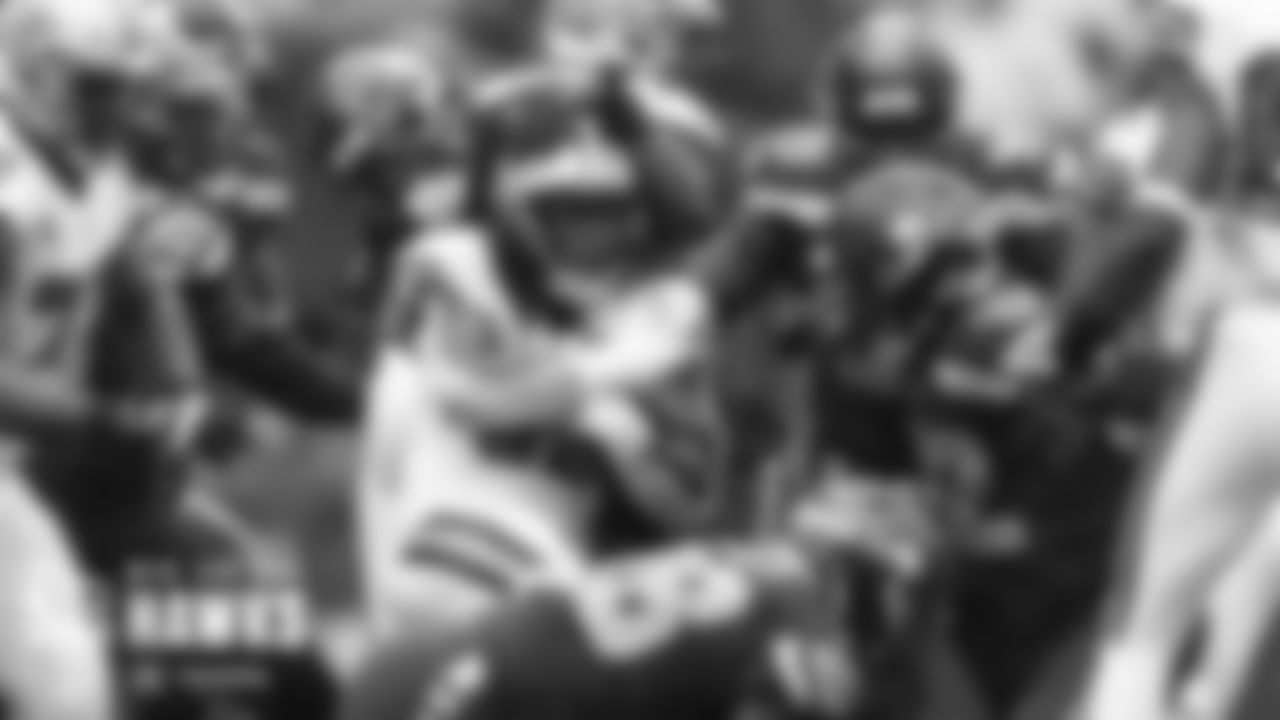
A swarm of Seahawks tacklers including Jadaveon Clowney, Rasheem Green, Lano Hill and Quinton Jefferson bring down Saints running back Alvin Kamara.
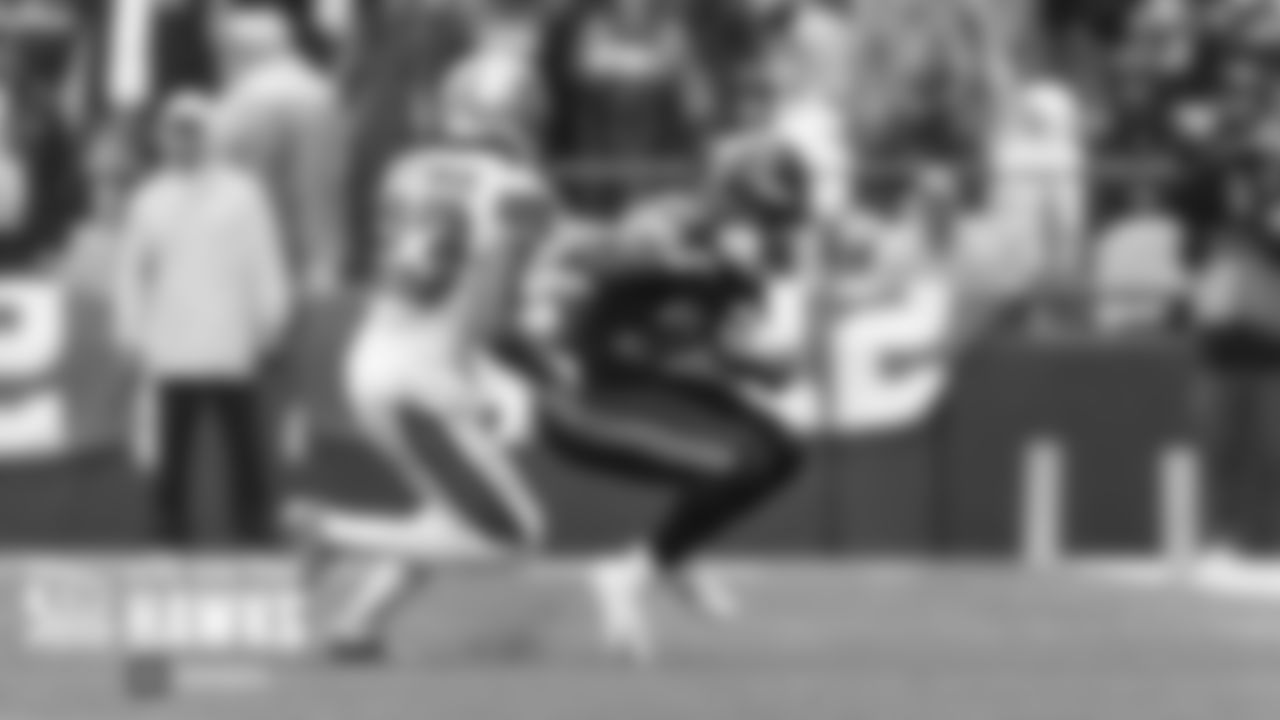
Seahawks running back C.J. Prosise stops on a dime to avoid being tackled by Saints cornerback Marshon Lattimore.
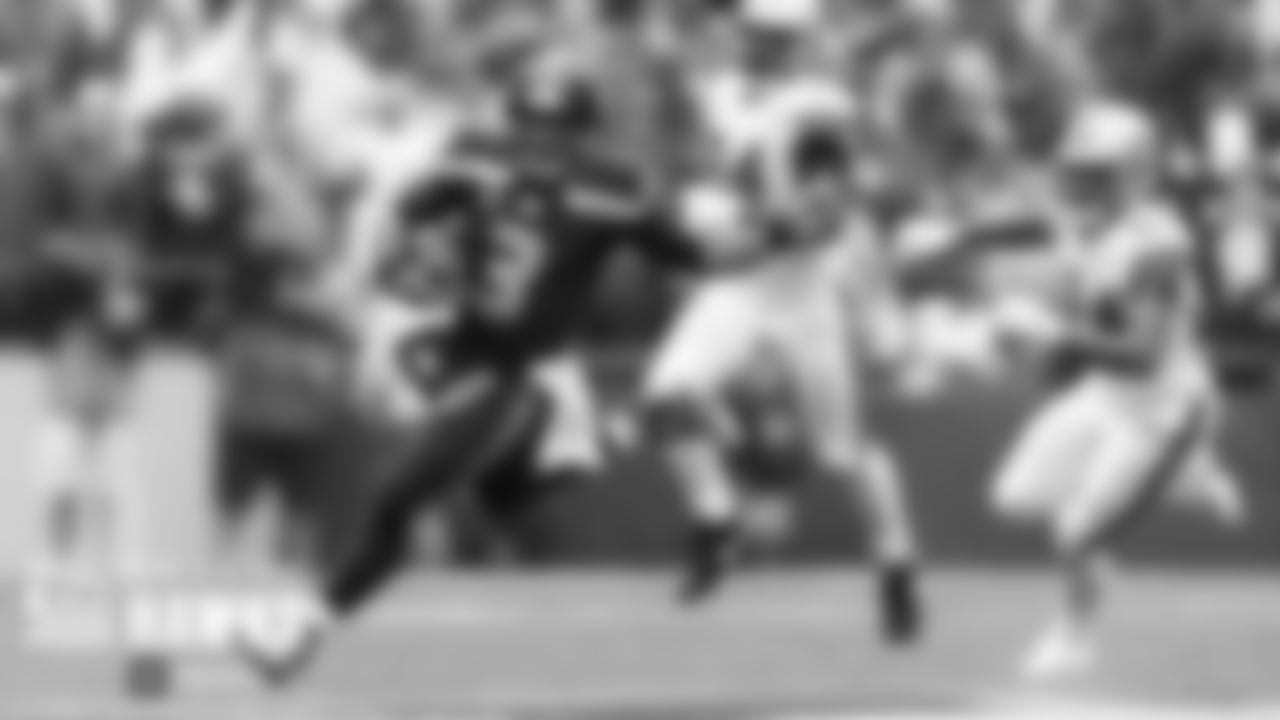
Seahawks quarterback Russell Wilson prepares to slide after a long run in the second half.
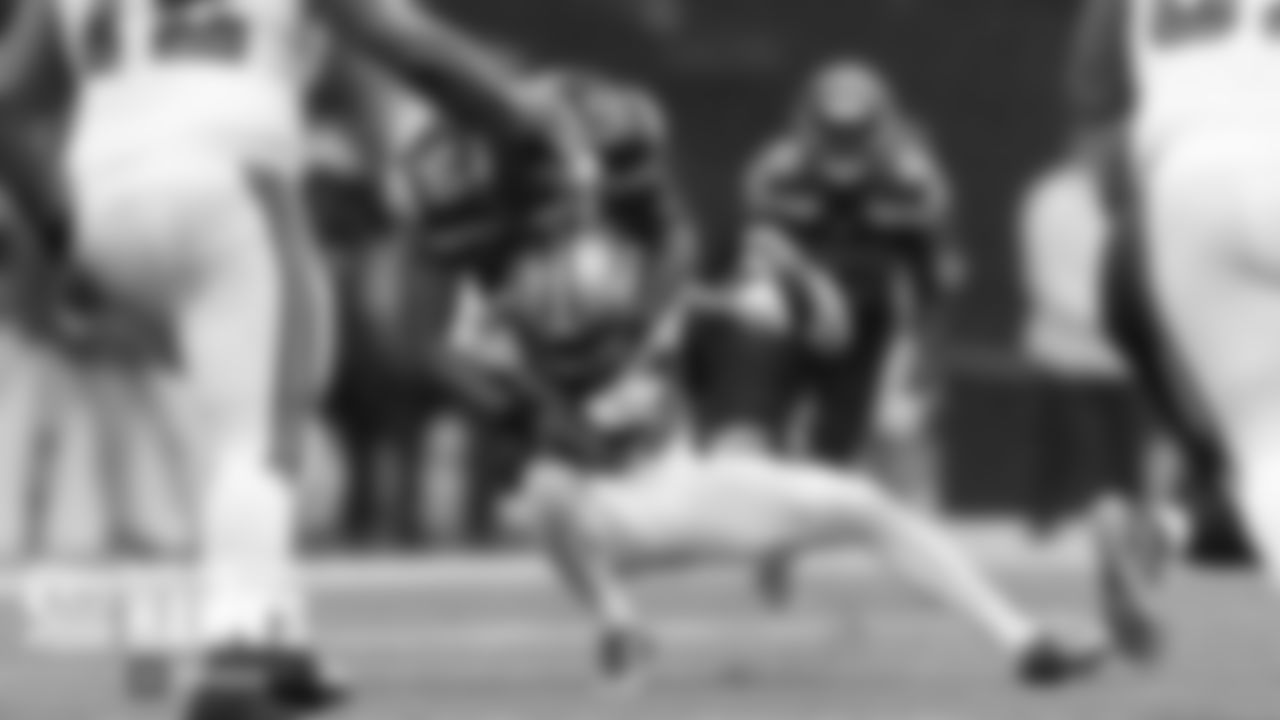
Seattle's K.J. Wright tackles Saints receiver Ted Ginn, Jr.
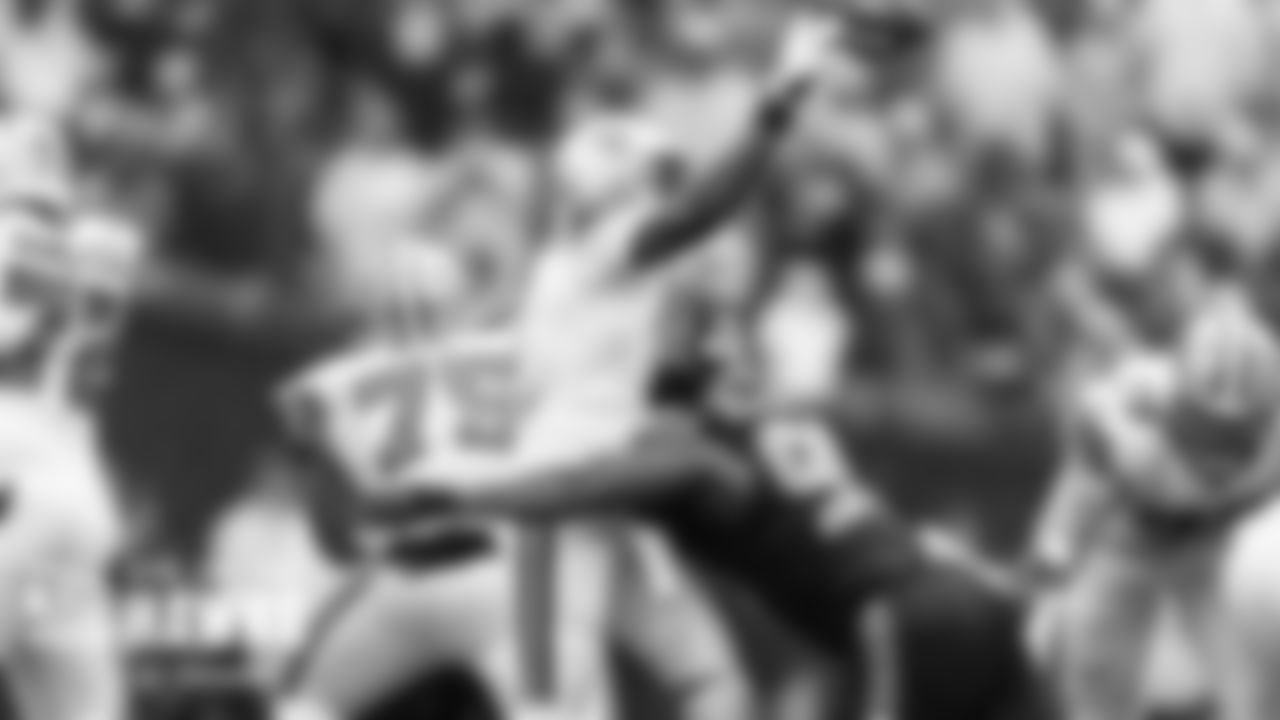
Seattle's Quinton Jefferson pressures New Orleans quarterback Teddy Bridgewater.
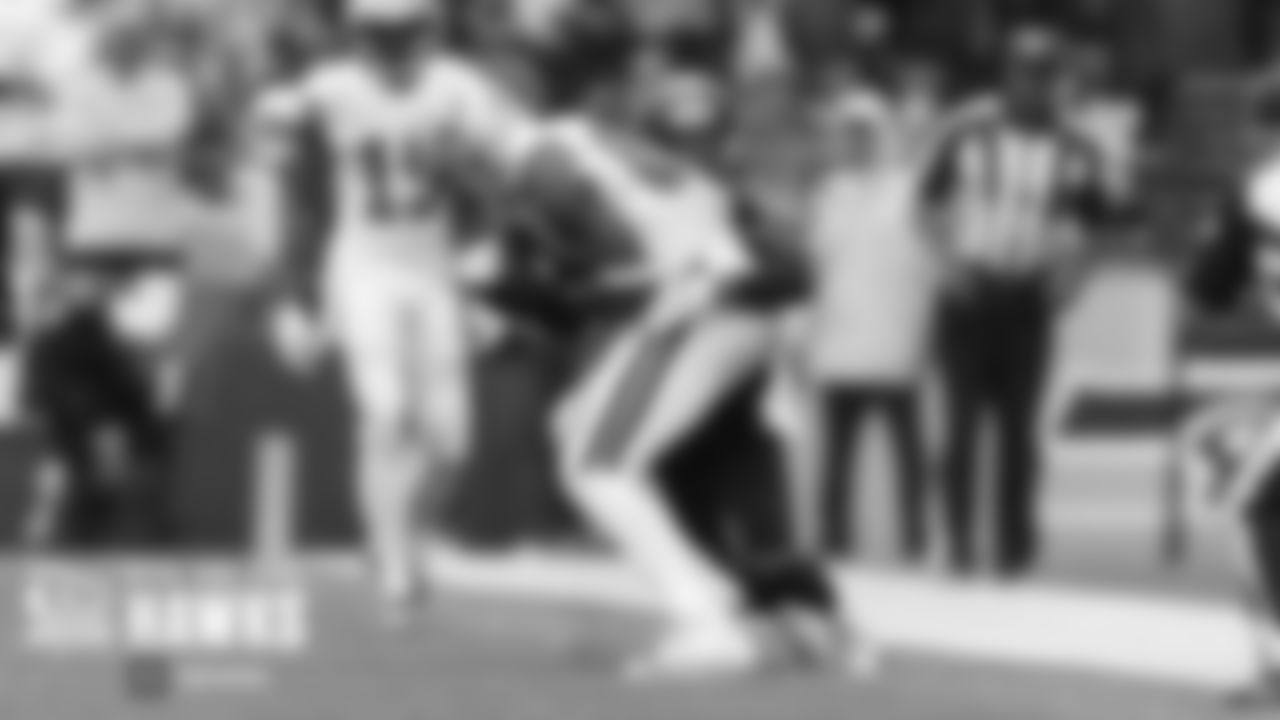
Seattle's Shaquill Griffin brings down New Orleans tight end Jared Cook.
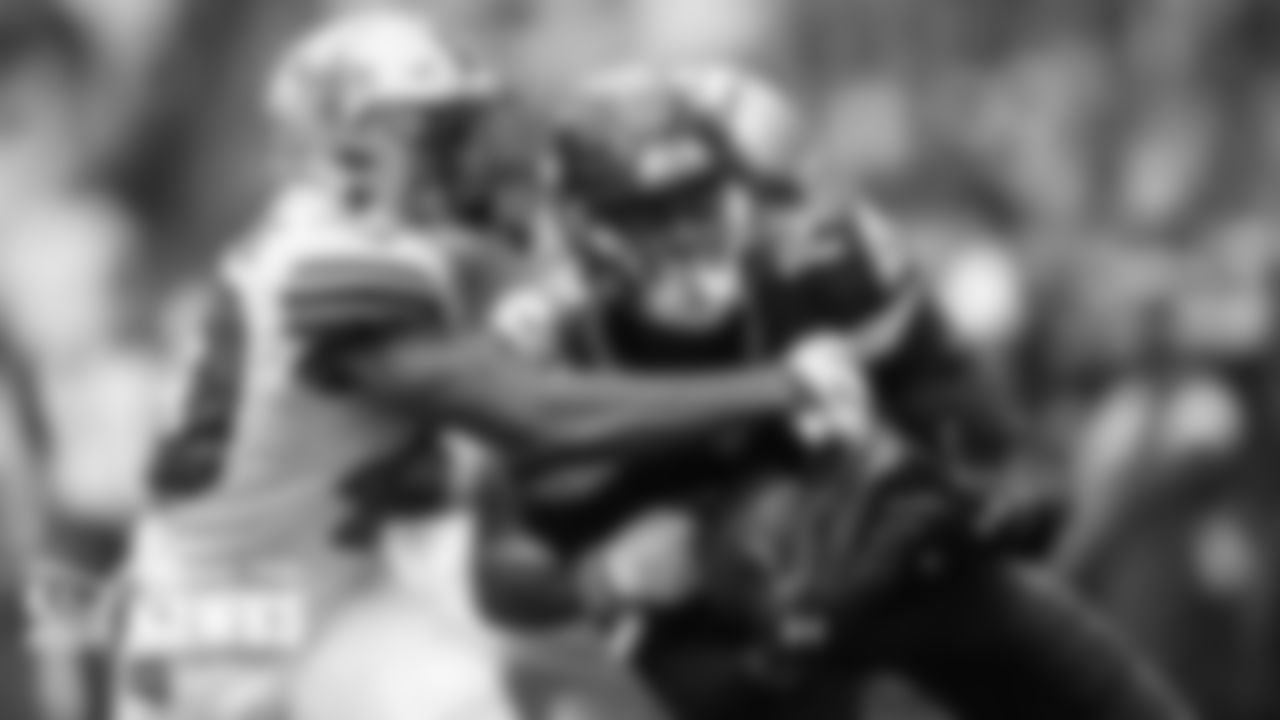
Seahawks receiver DK Metcalf brings down a tough catch between two defenders for a 54-yard gain in the second half.
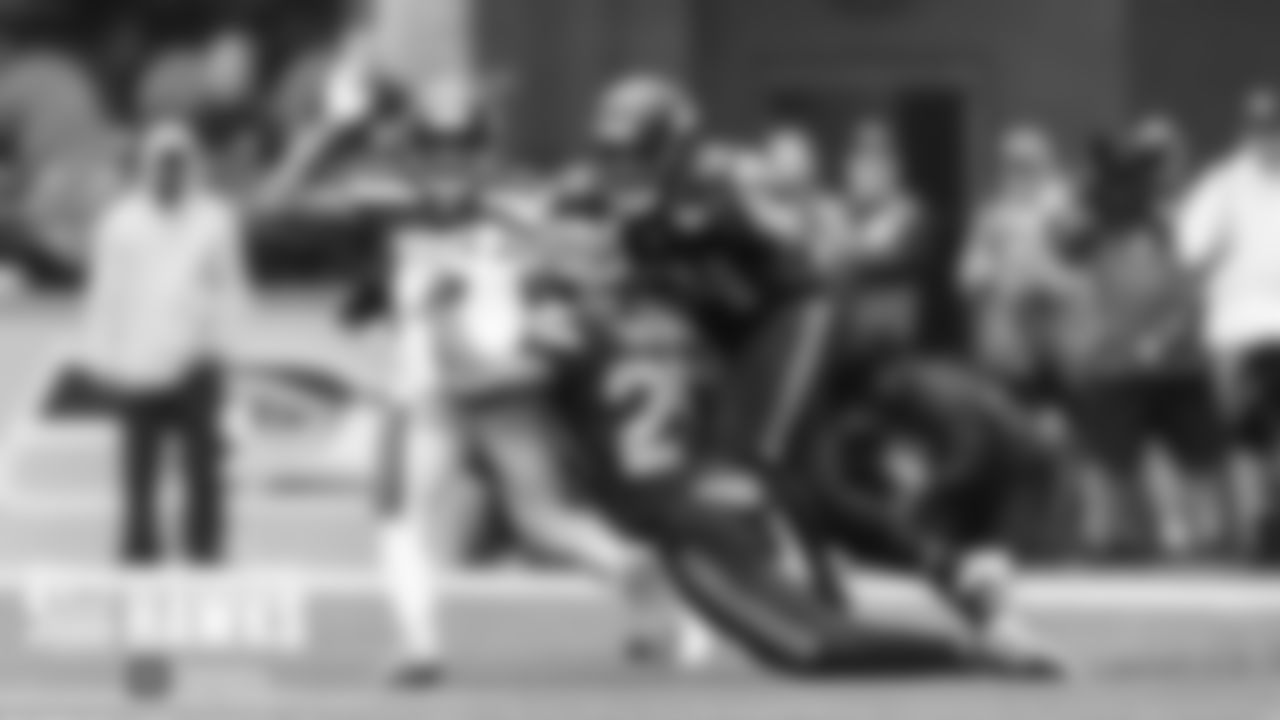
Seahawks Jamar Taylor and Bobby Wagner bring down Saints running back Alvin Kamara.
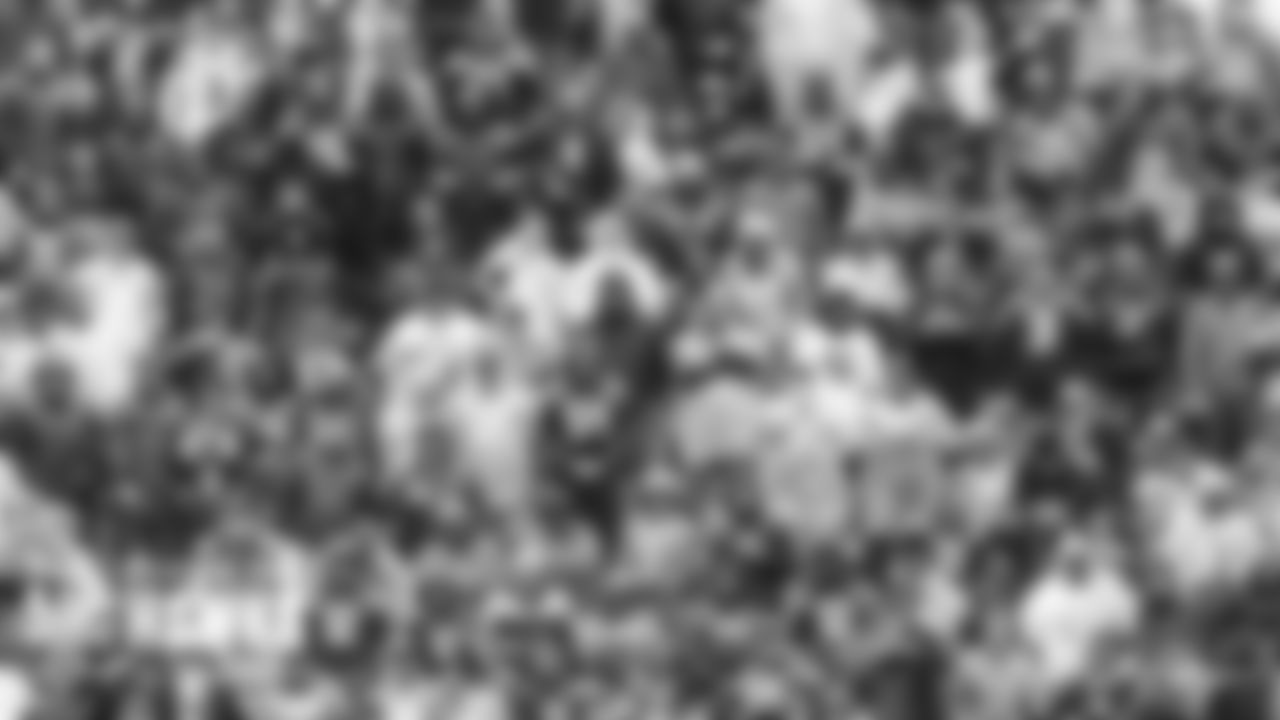
Wet fans in the Hawks Nest during the rainy third quarter.
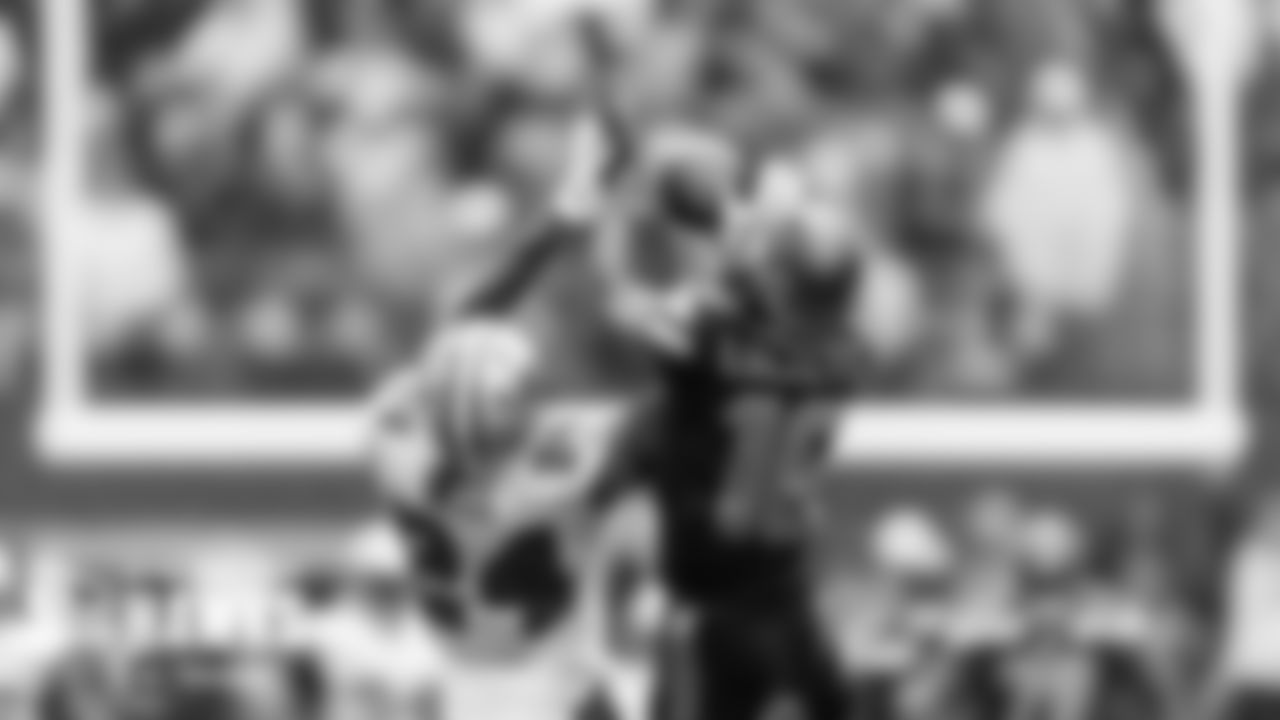
Seahawks receiver Tyler Lockett and Saints defensive back Vonn Bell leap for a deep pass from Russell Wilson in the second half.
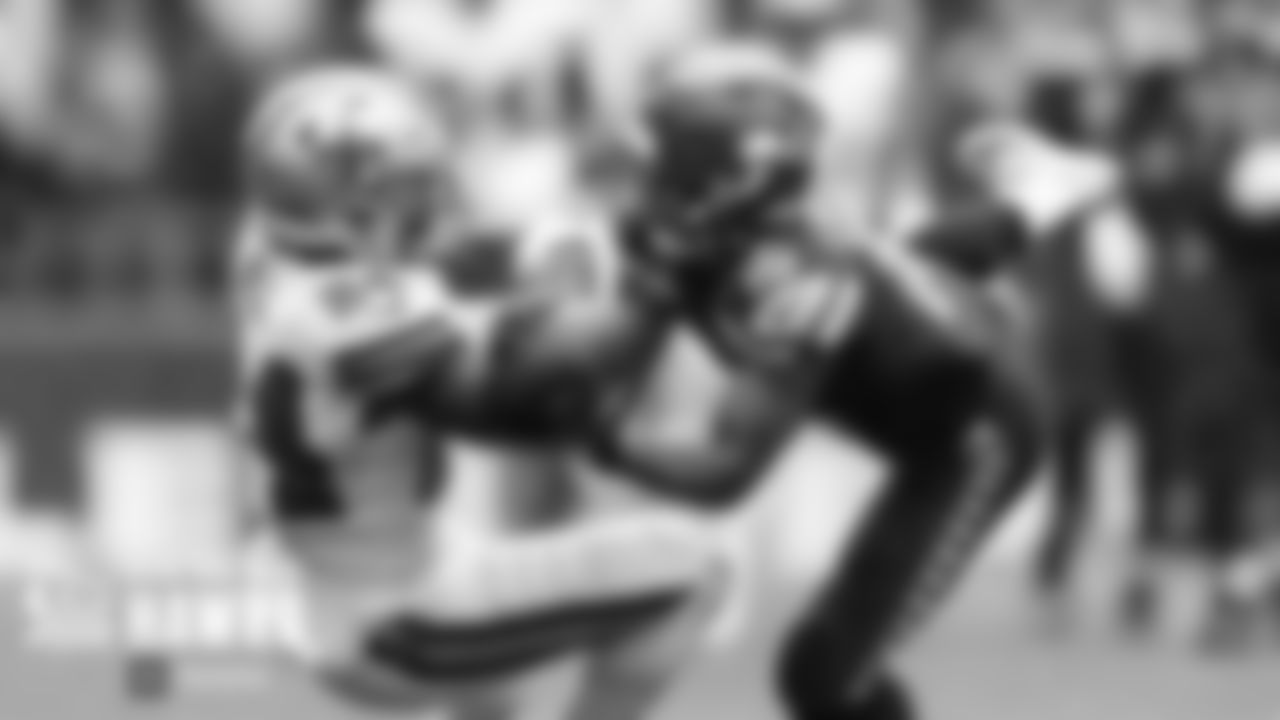
Seahawks receiver Tyler Lockett and Saints defensive back Vonn Bell fall to the ground still battling for possession of a deep pass from Russell Wilson in the second half.
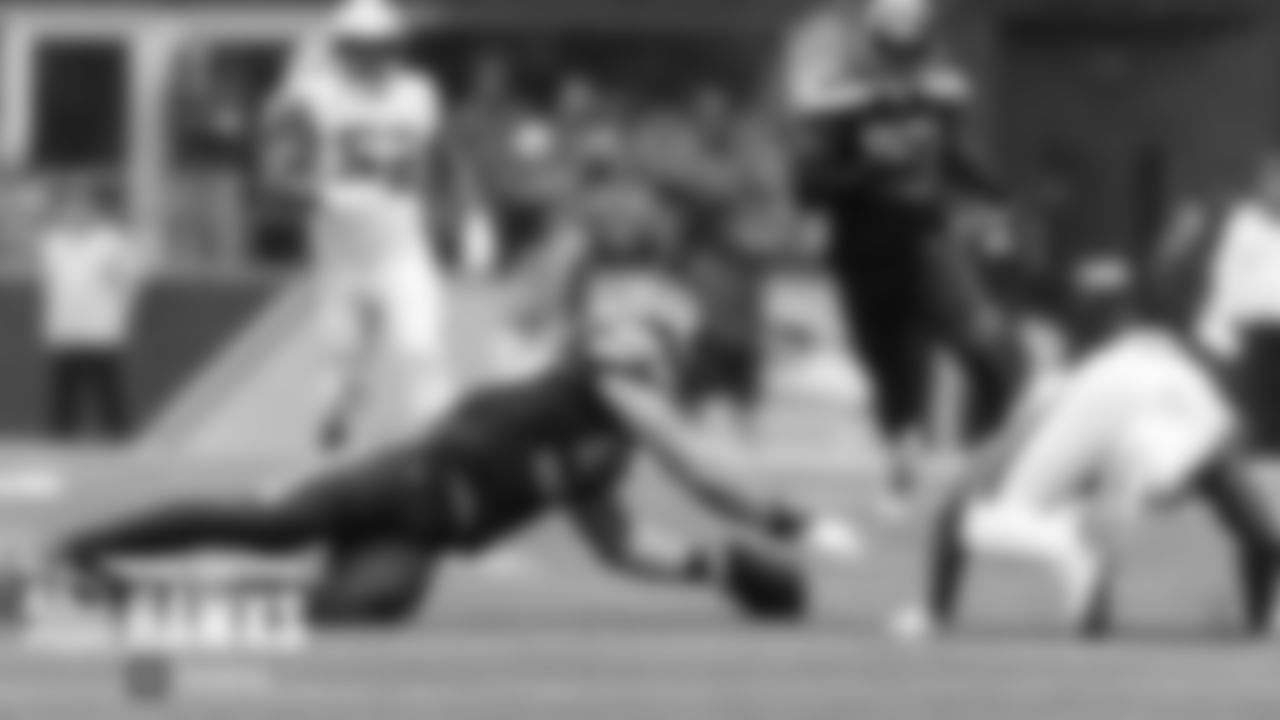
Seattle's Cody Barton falls on a fumble by Saints returner Deonte Harris in the second half.
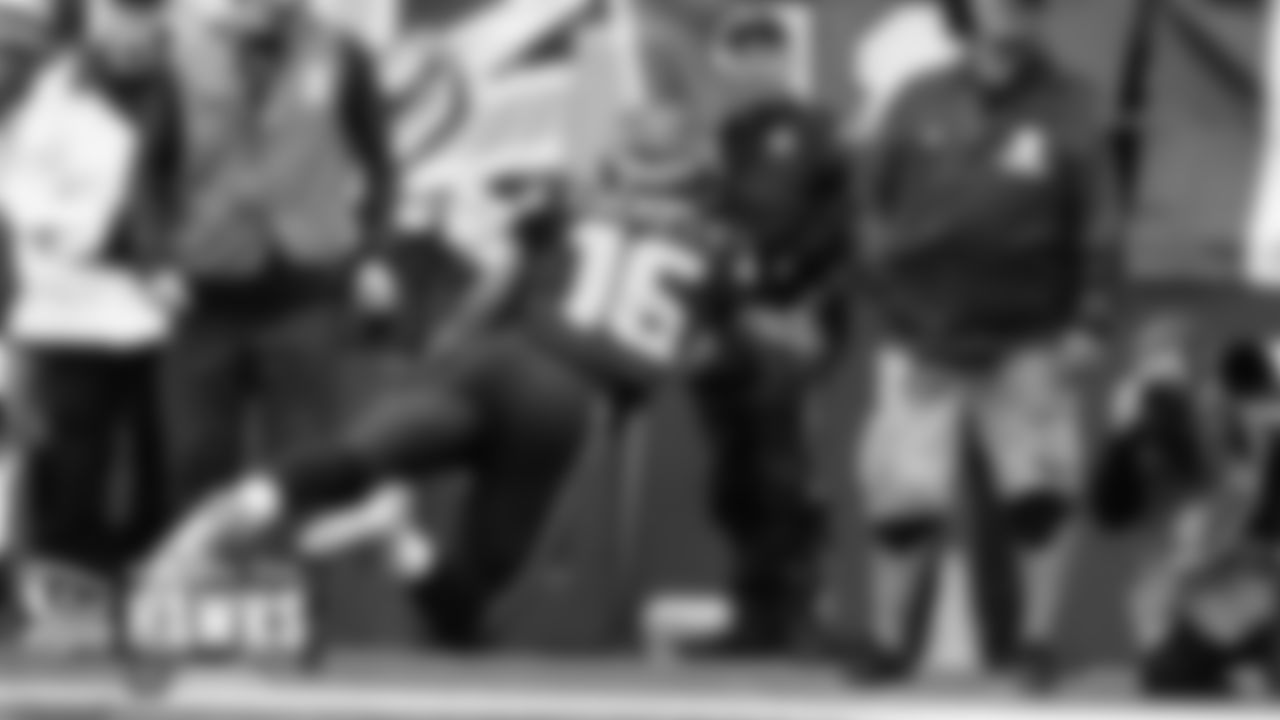
Seahawks receiver Tyler Lockett dives but can't hang on to a fourth down pass from quarterback Russell Wilson in the end zone.
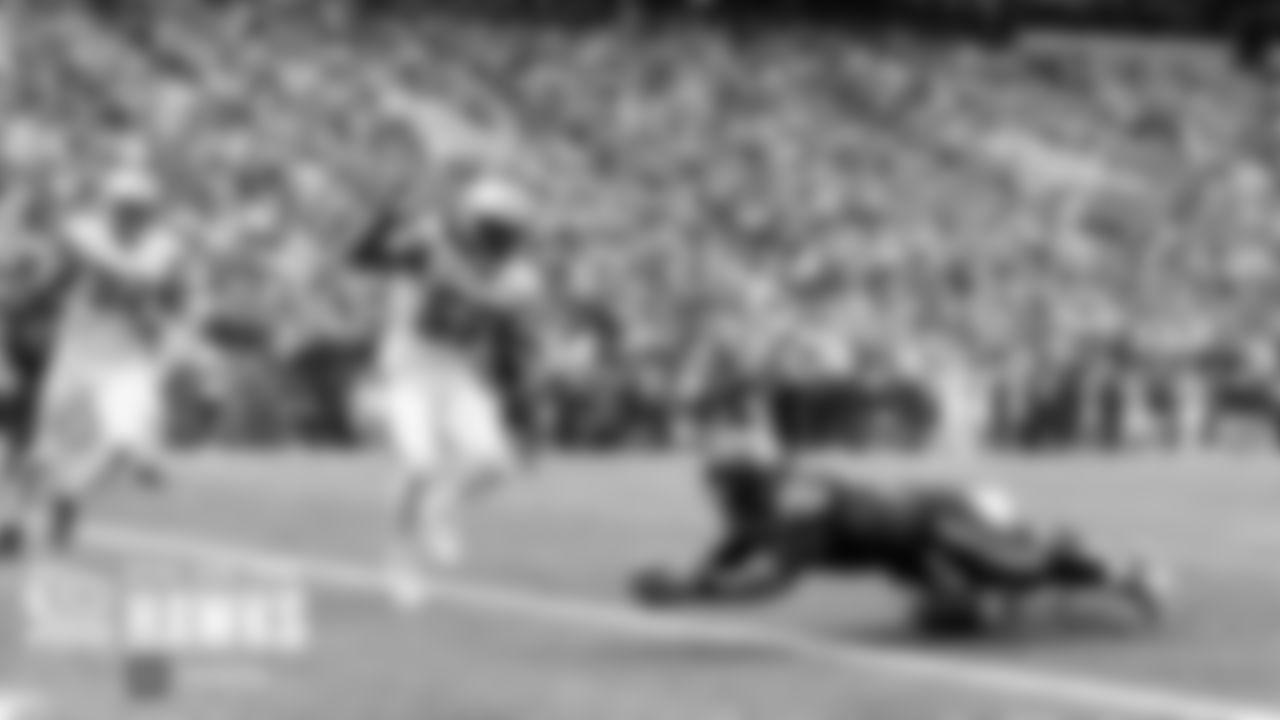
Seattle's Russell Wilson scores on a two-yard run in the fourth quarter to cut the Seahawks deficit to 27-14.
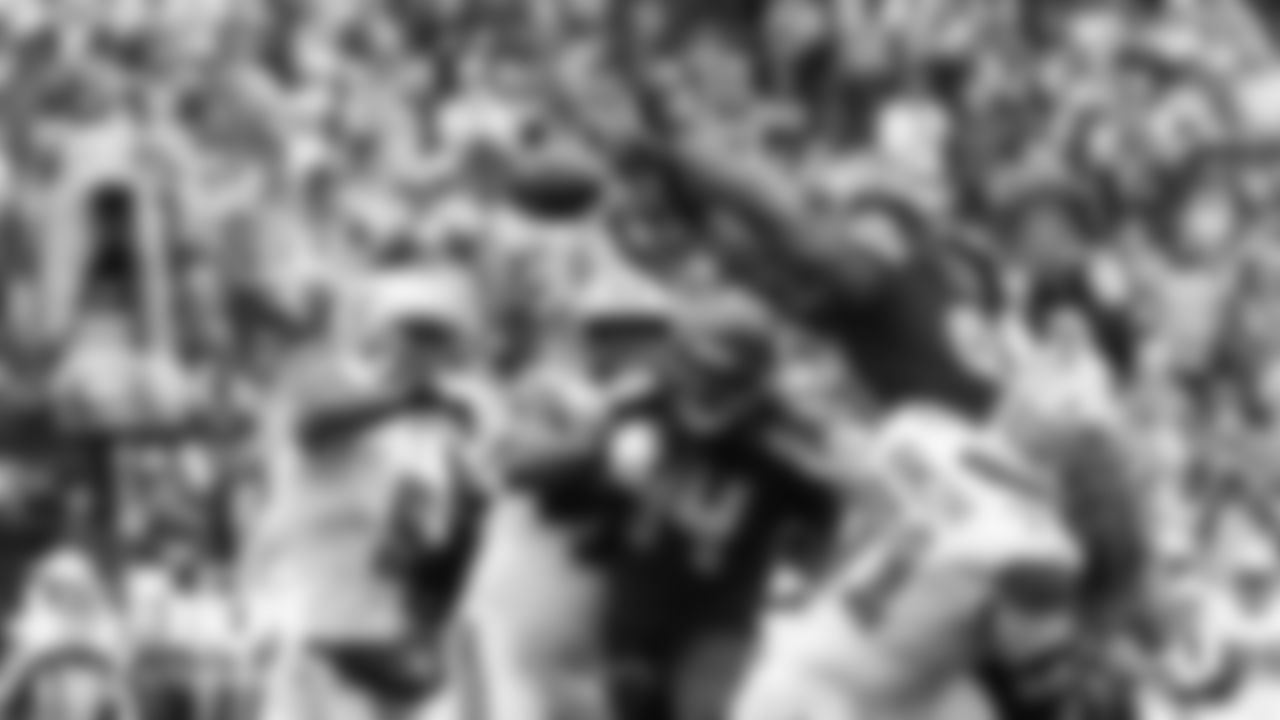
Seahawks defensive end Jadeveon Clowney bats a pass thrown by Saints quarterback Teddy Bridgewater.
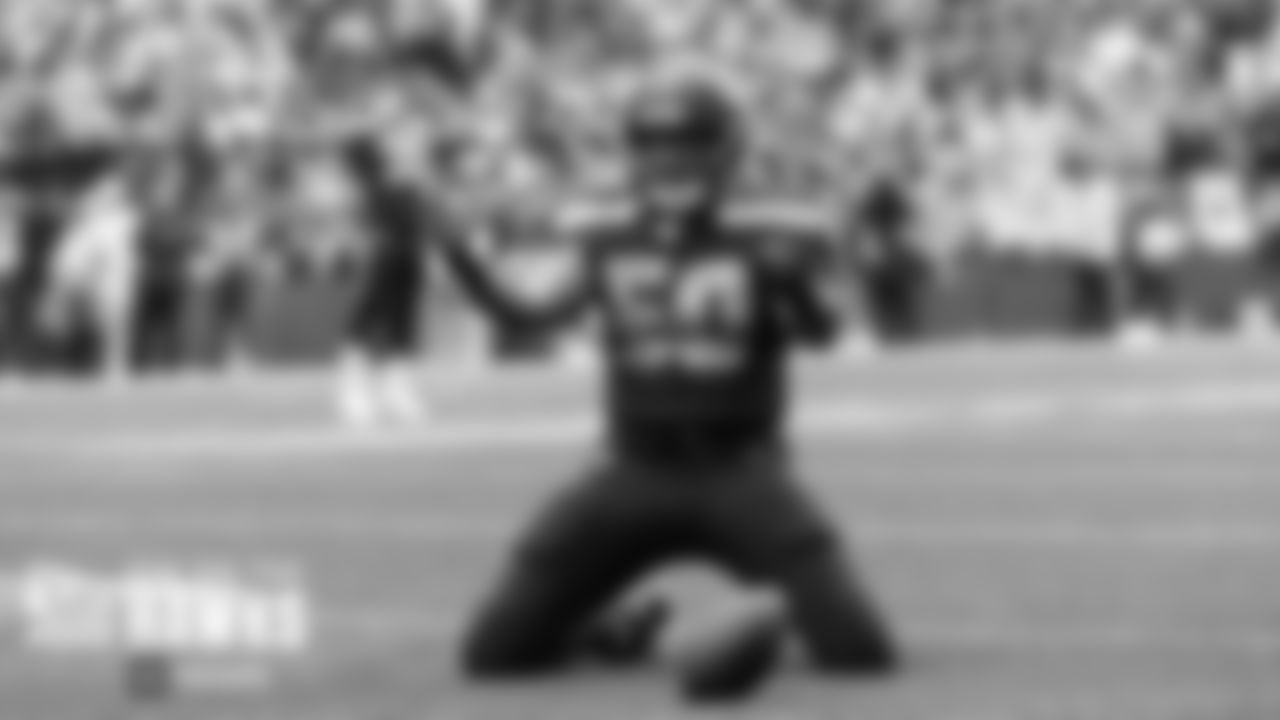
Seahawks linebacker K.J. Wright celebrates after batting down a pass in the fourth quarter.
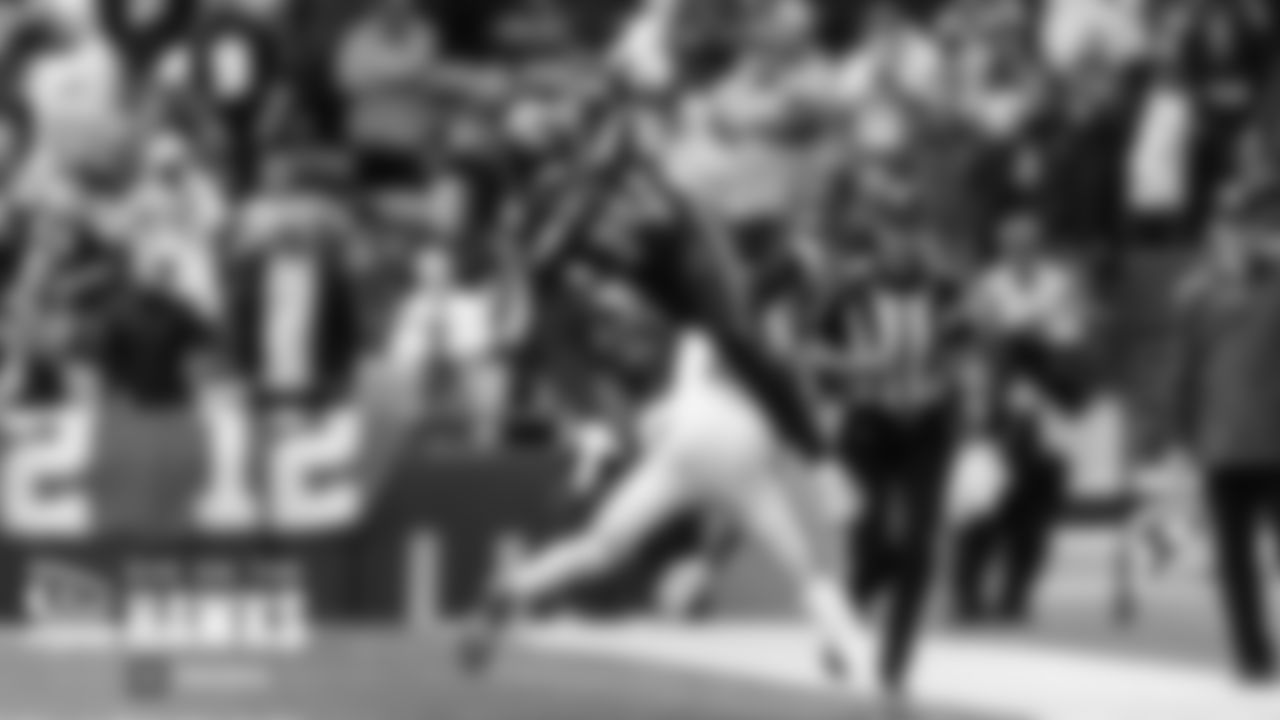
Seattle receiver DK Metcalf flies over Saints defender Marshon Lattimore in the fourth quarter.
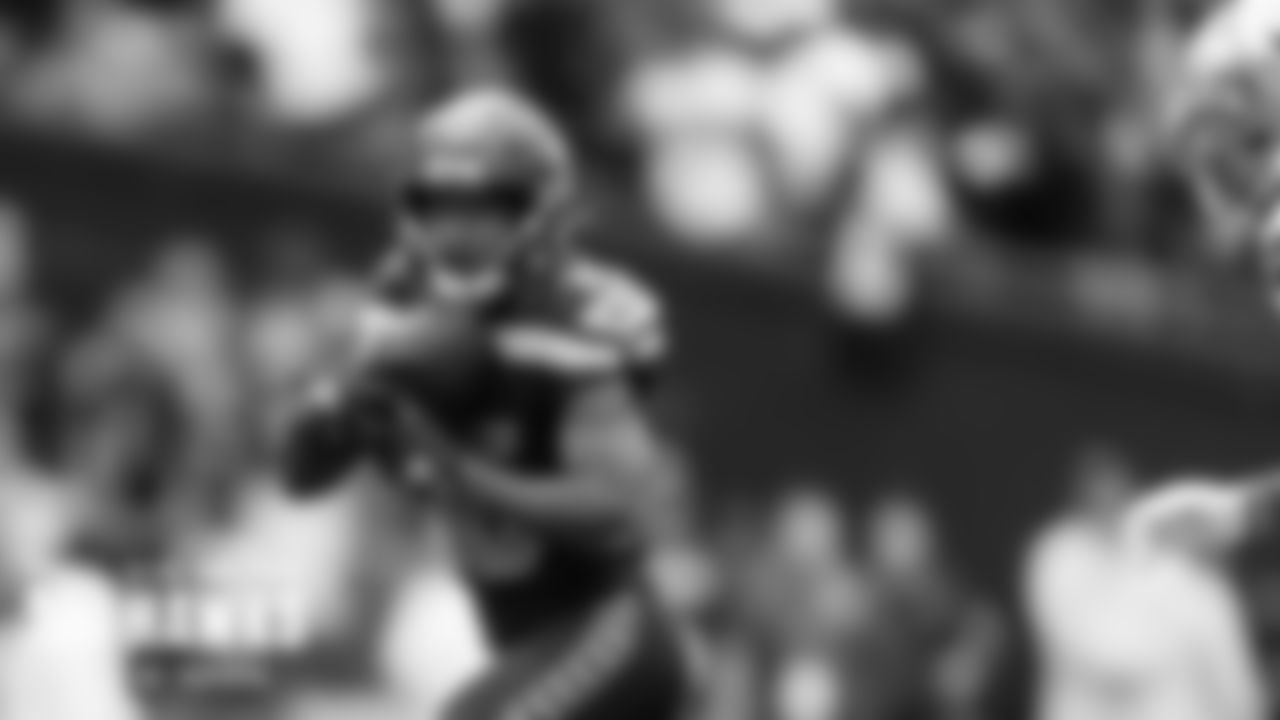
Seattle's Tyler Lockett races for yards after the catch on a 40 yard gain in the fourth quarter.
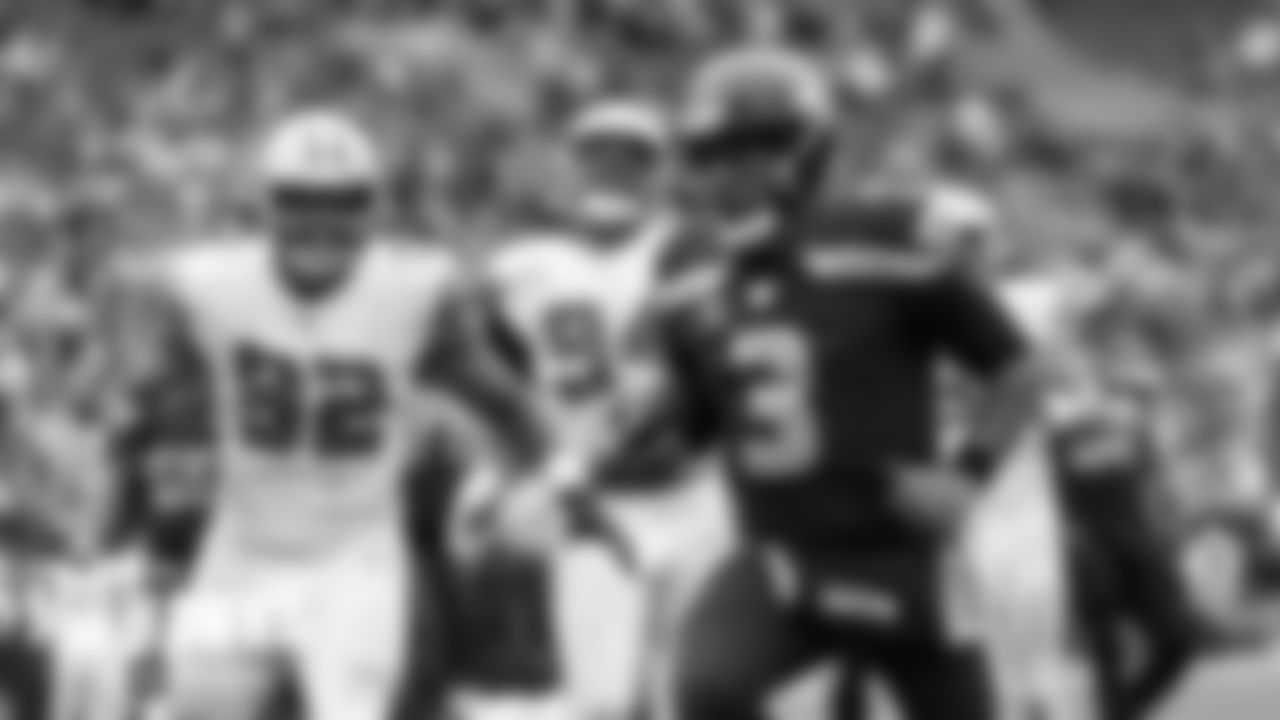
Seattle's Russell Wilson crosses into the end zone on an eight-yard run for his second touchdown of the game.
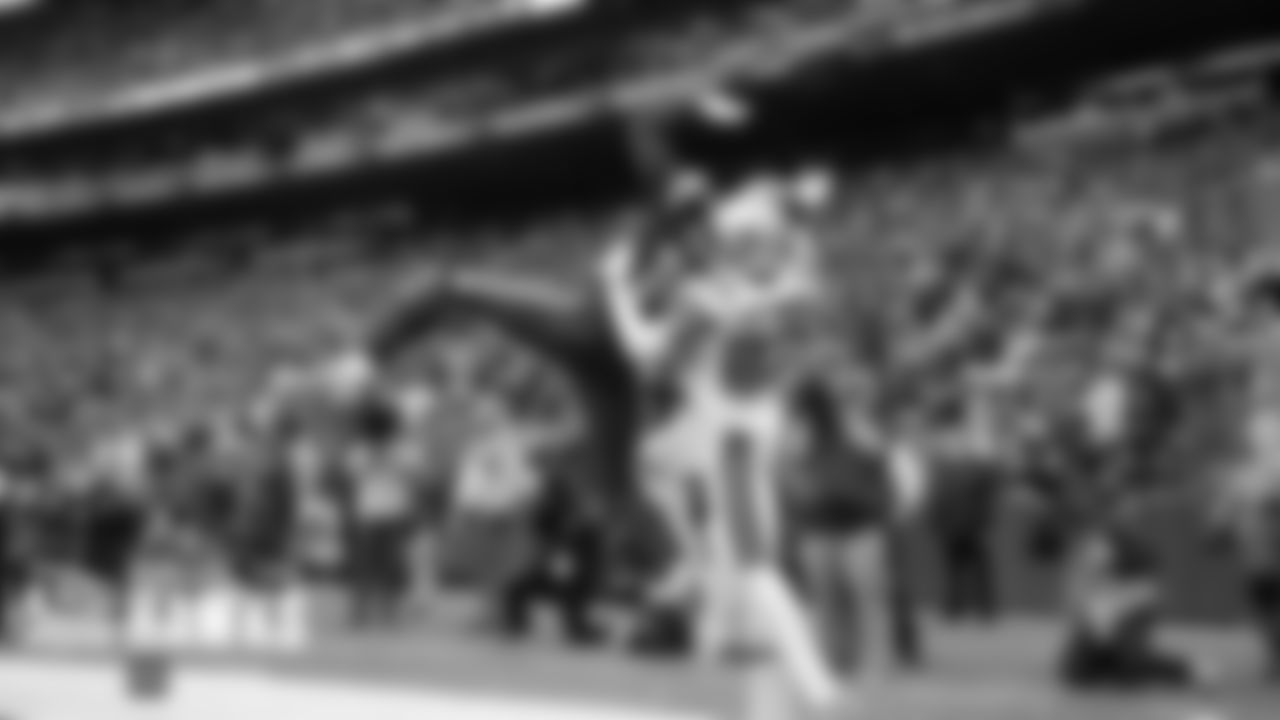
Seahawks receiver DK Metcalf leaps but can't make the catch in the corner of the end zone with Saints cornerback Marshon Lattimore defending.
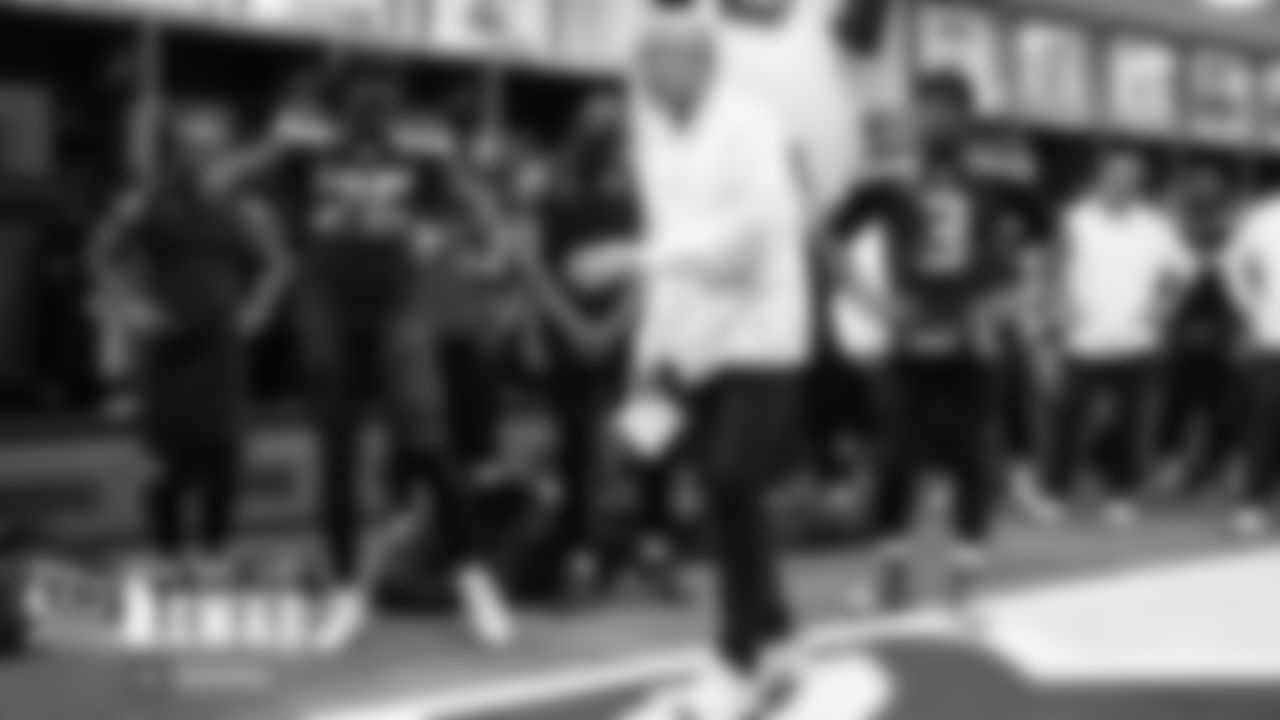
Seahawks Head Coach Pete Carroll addresses the team following the game.



